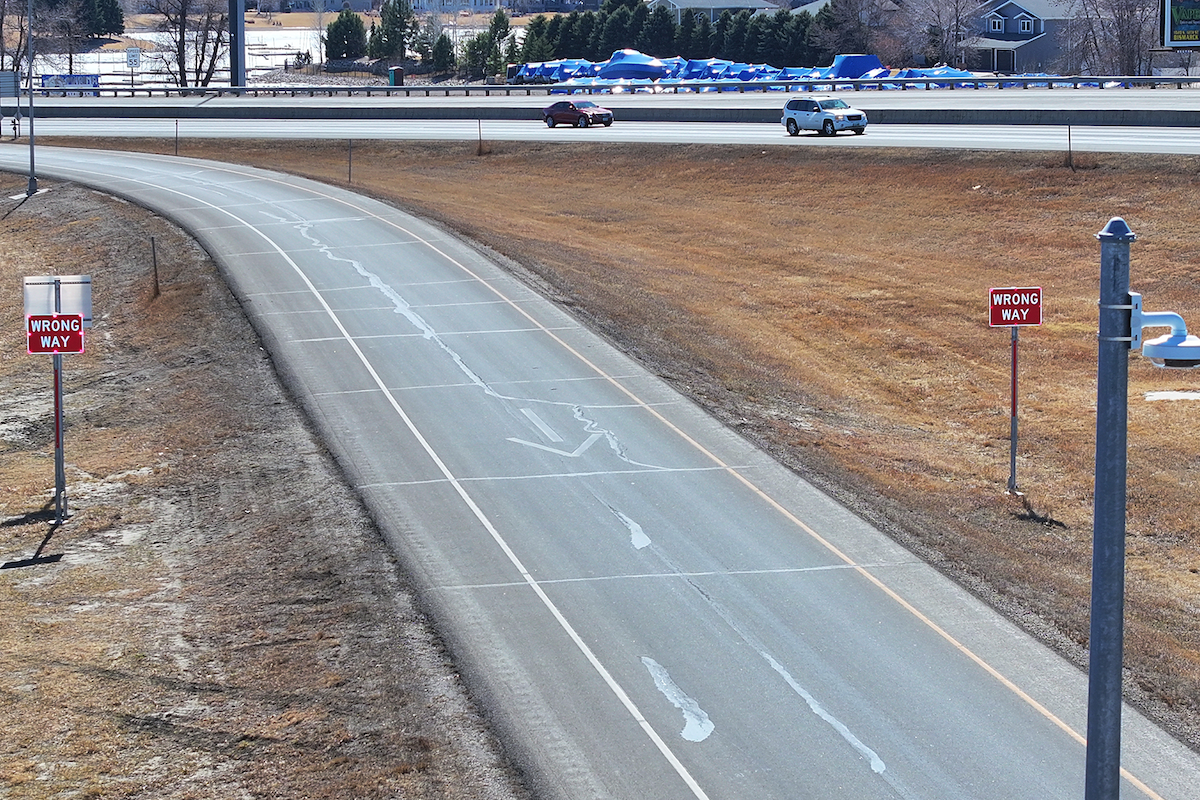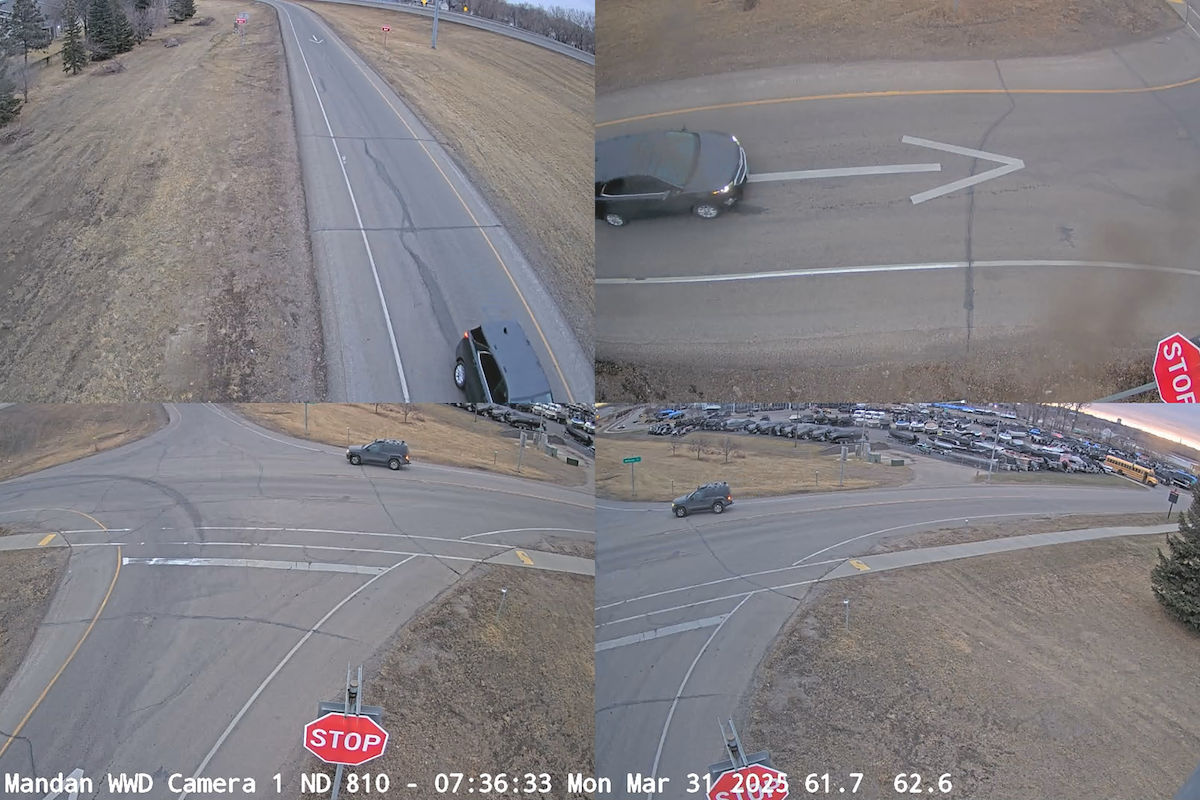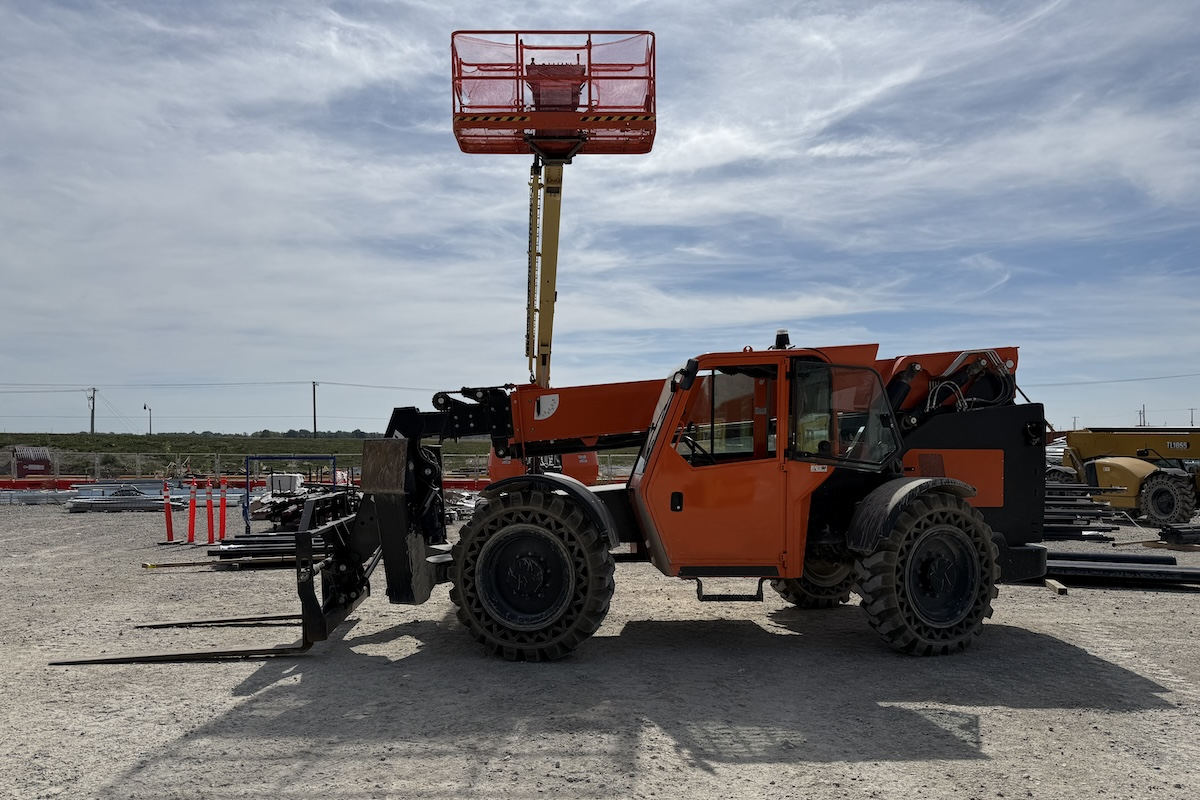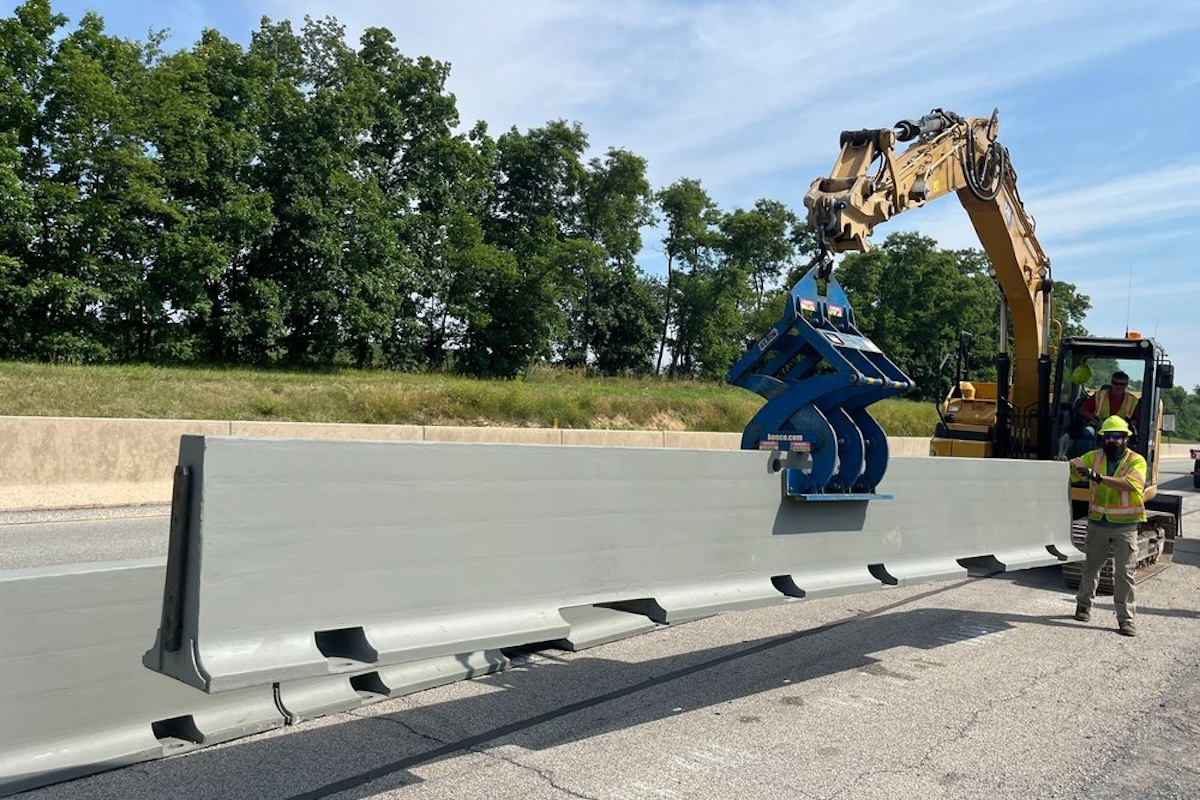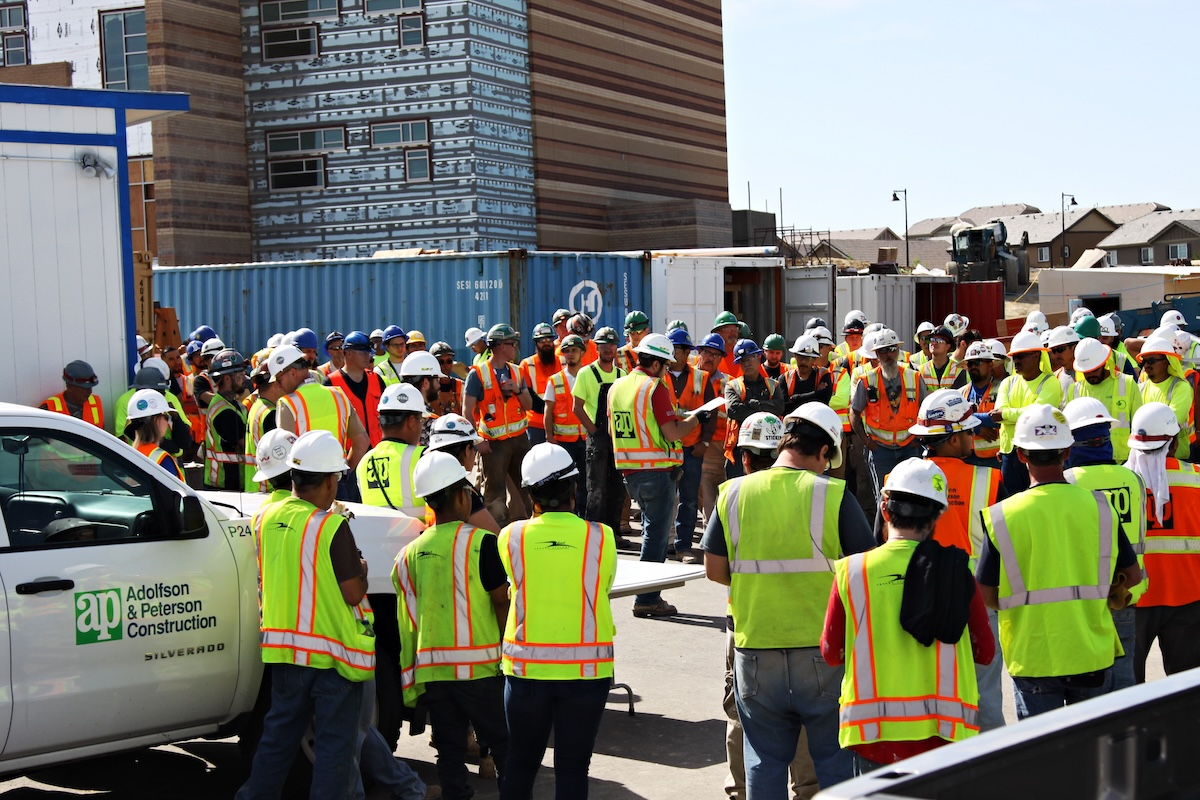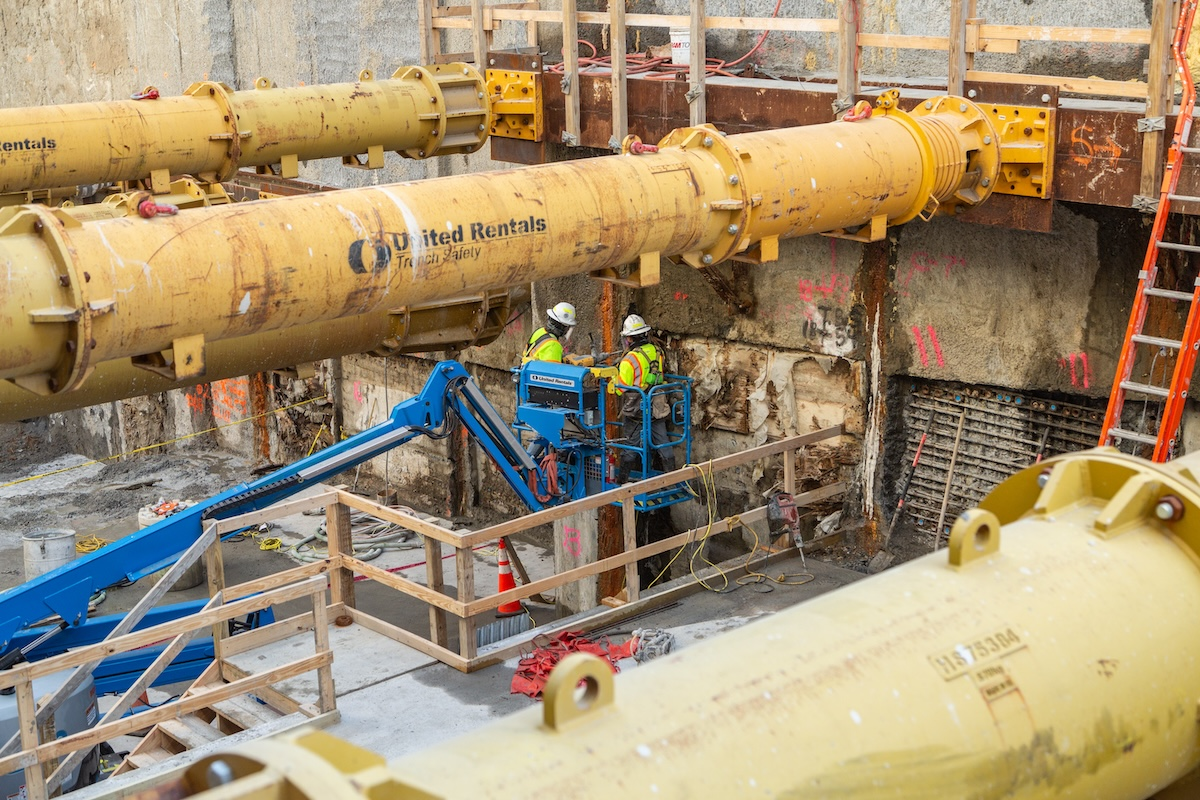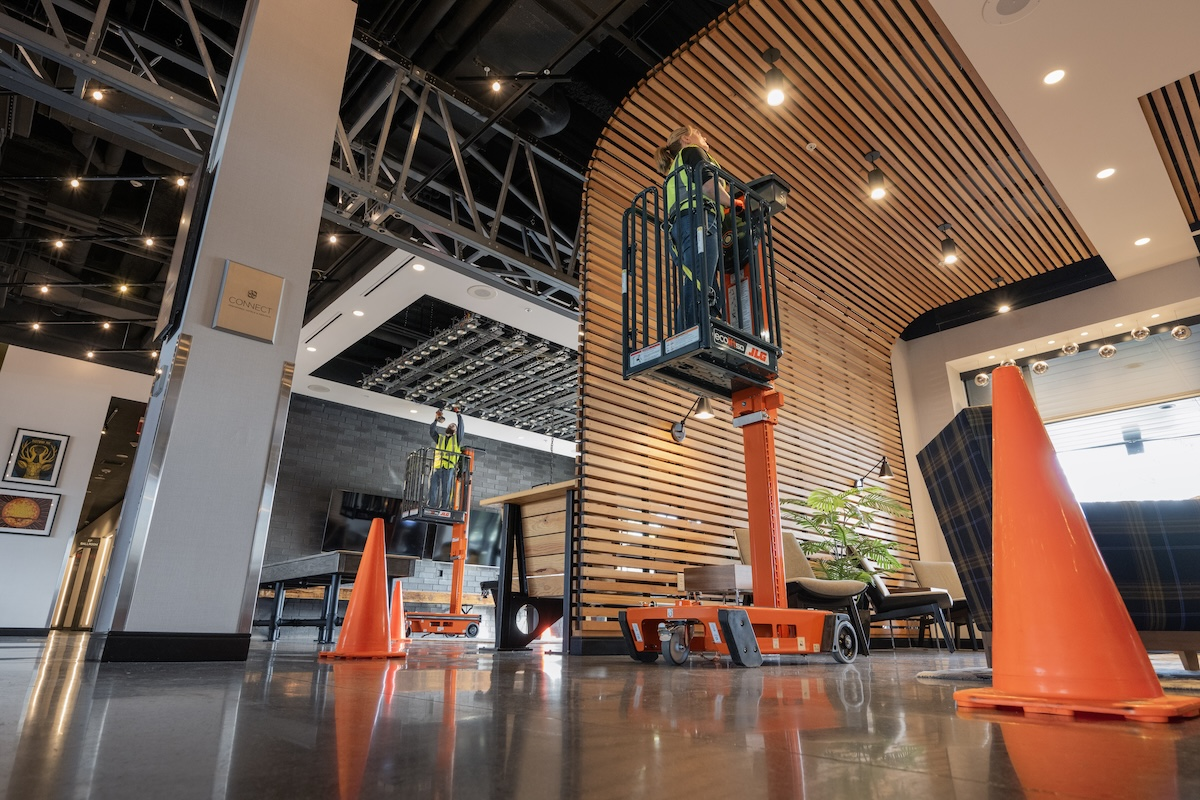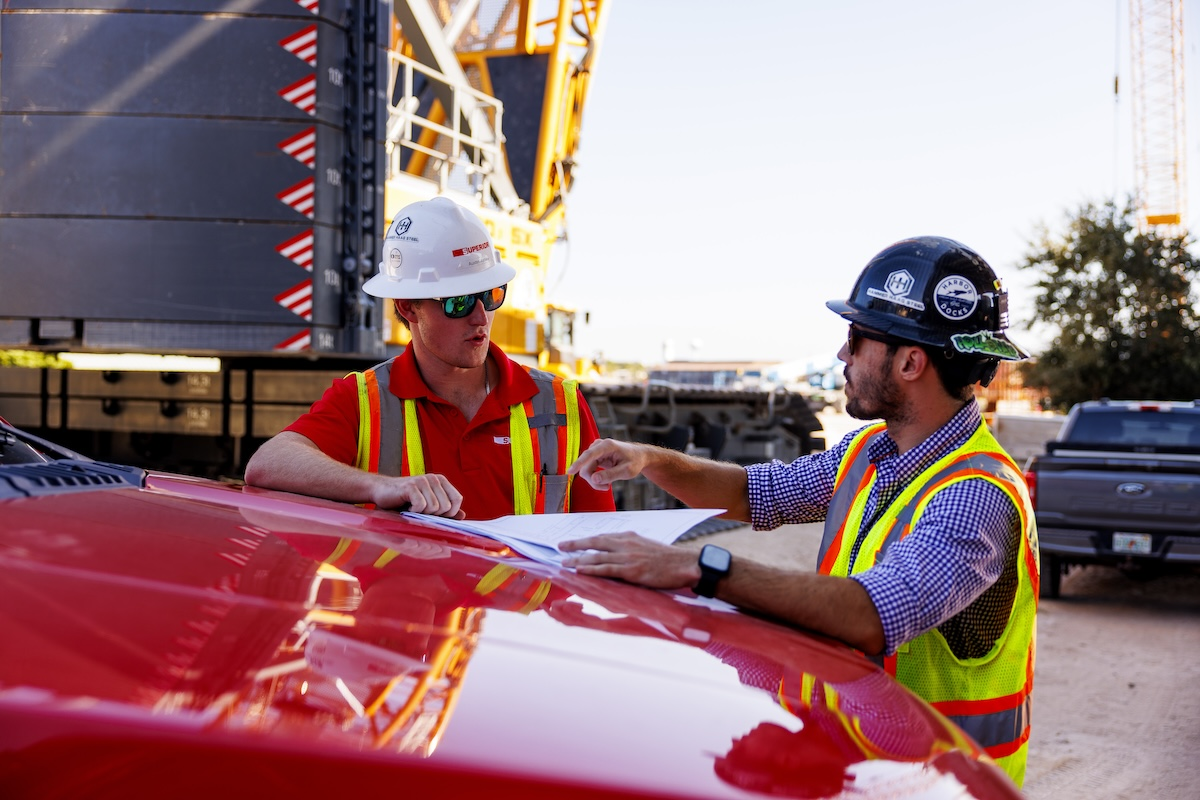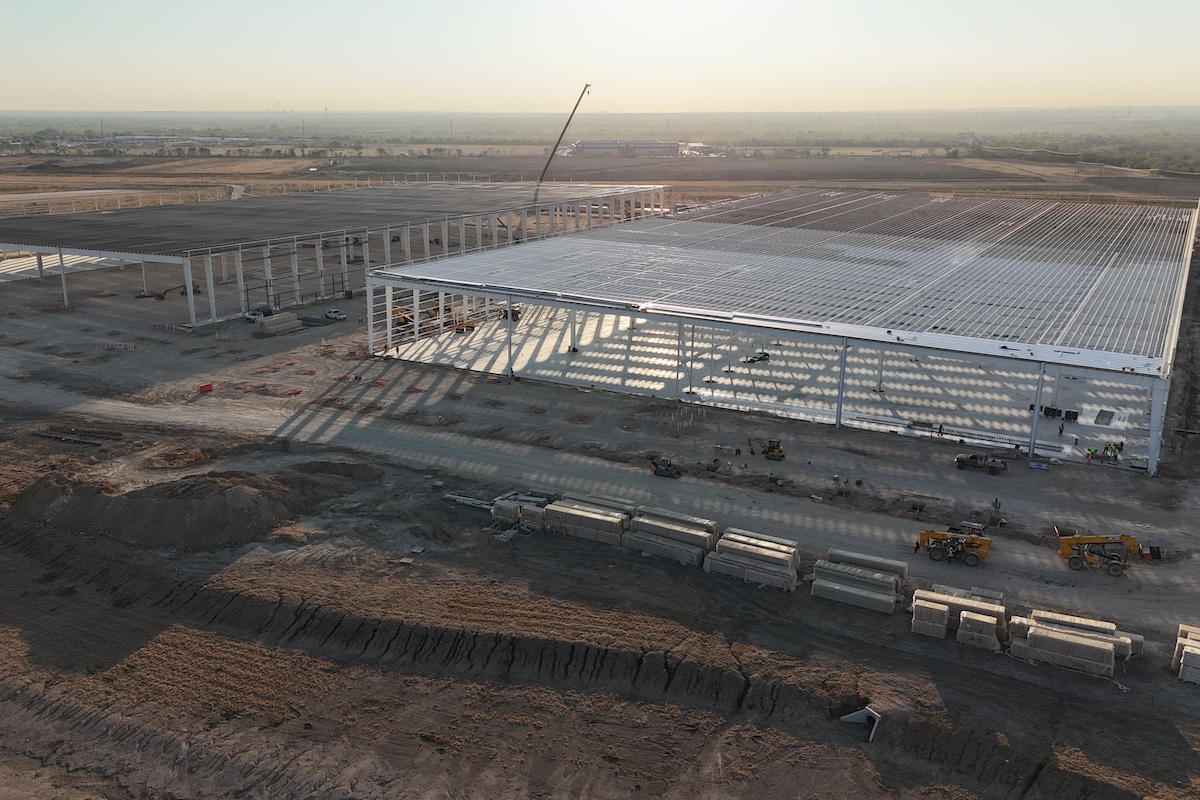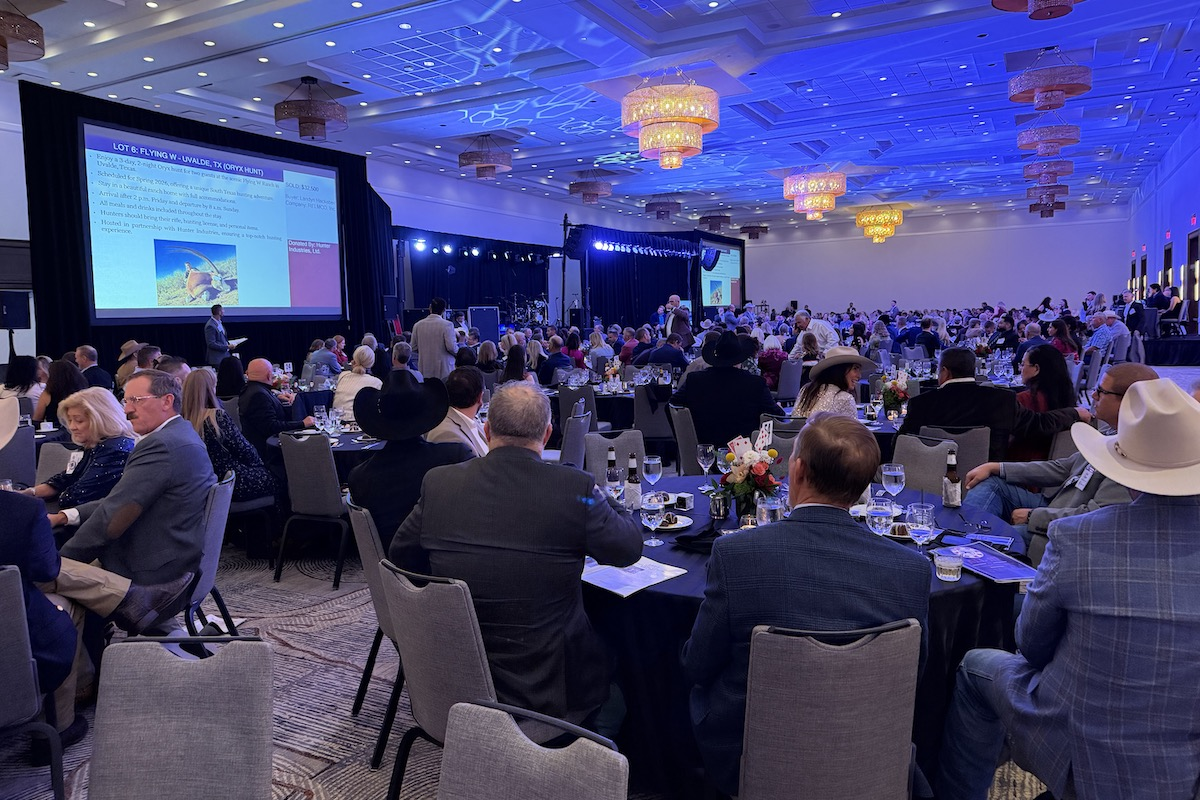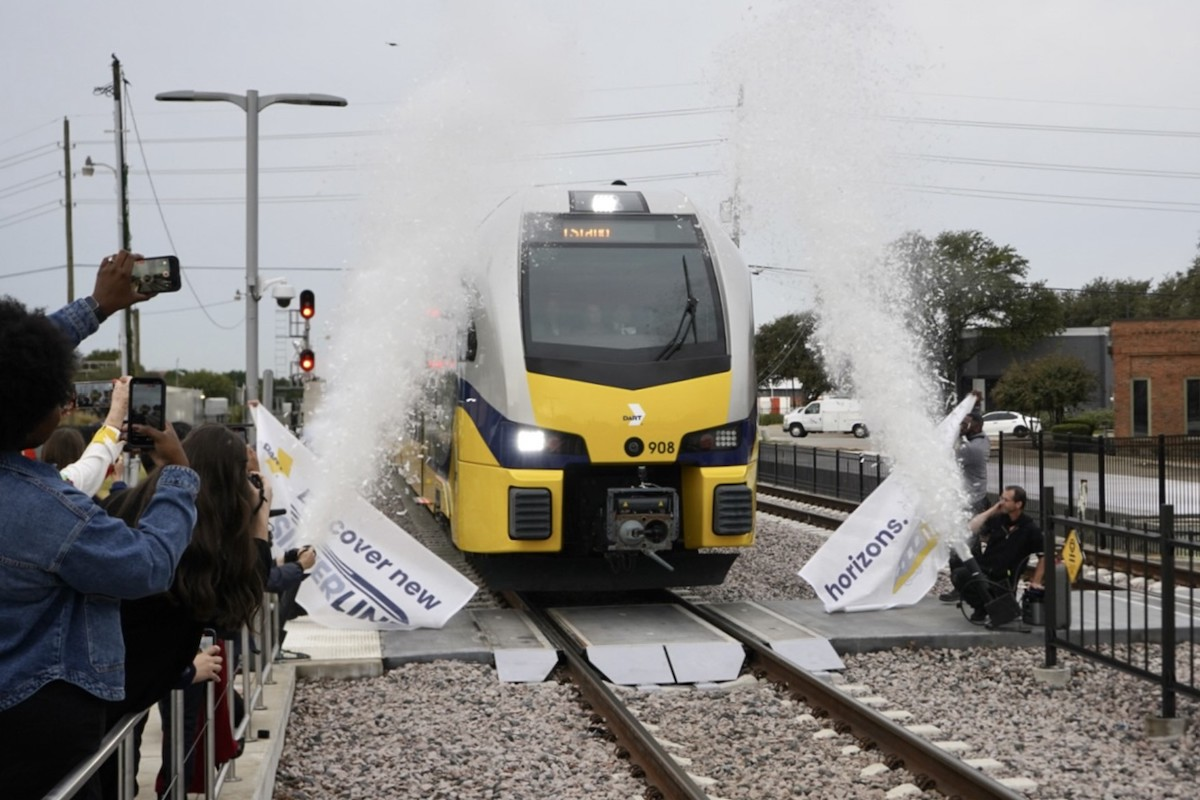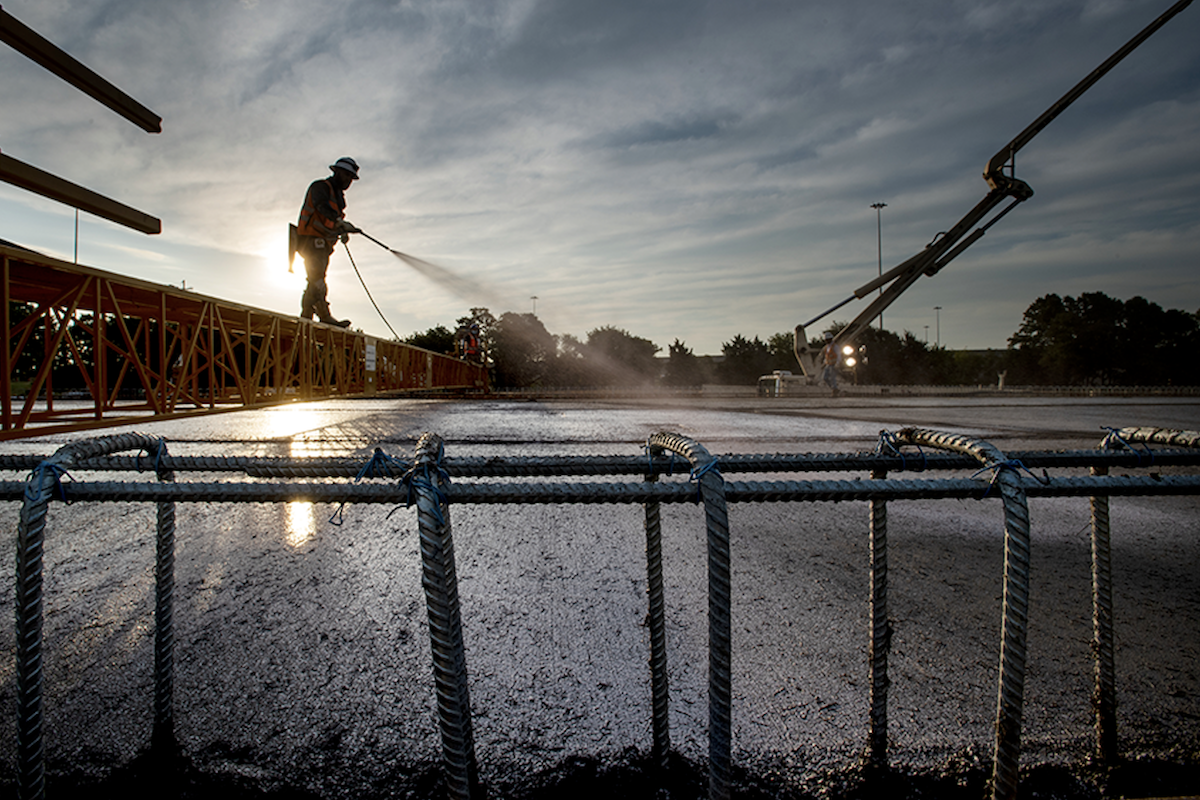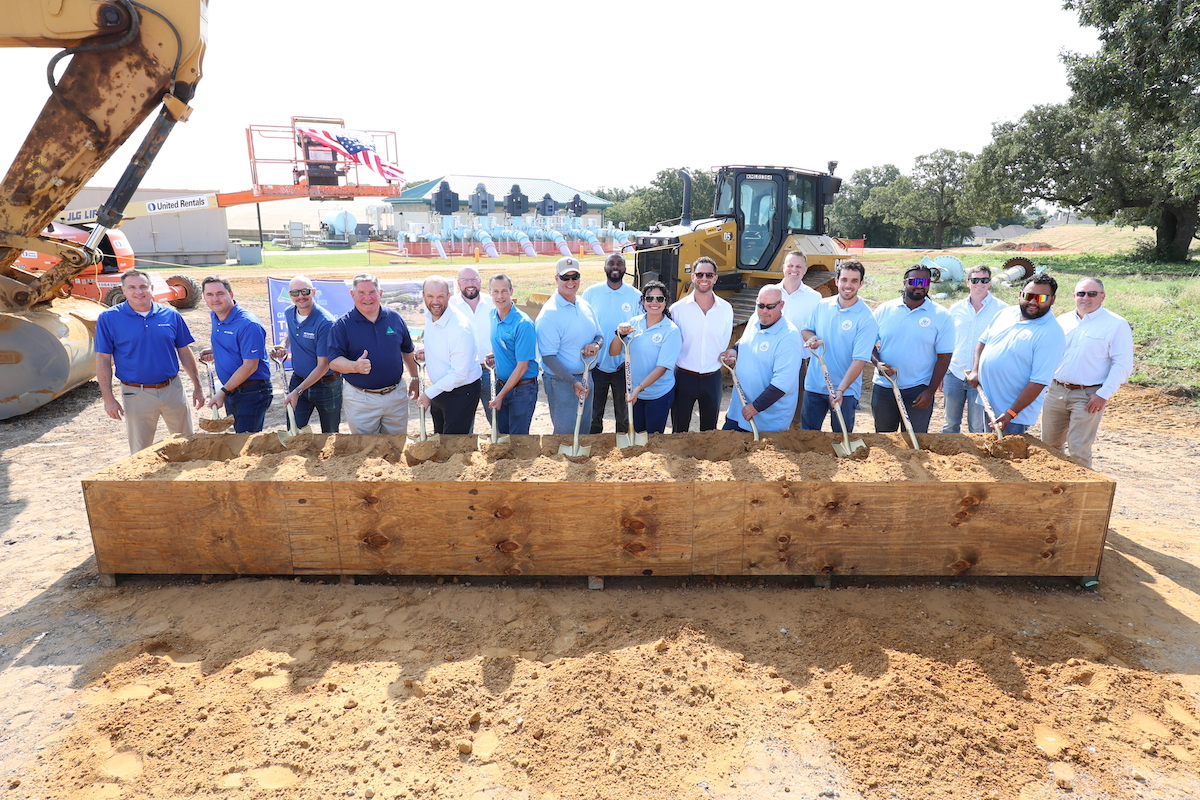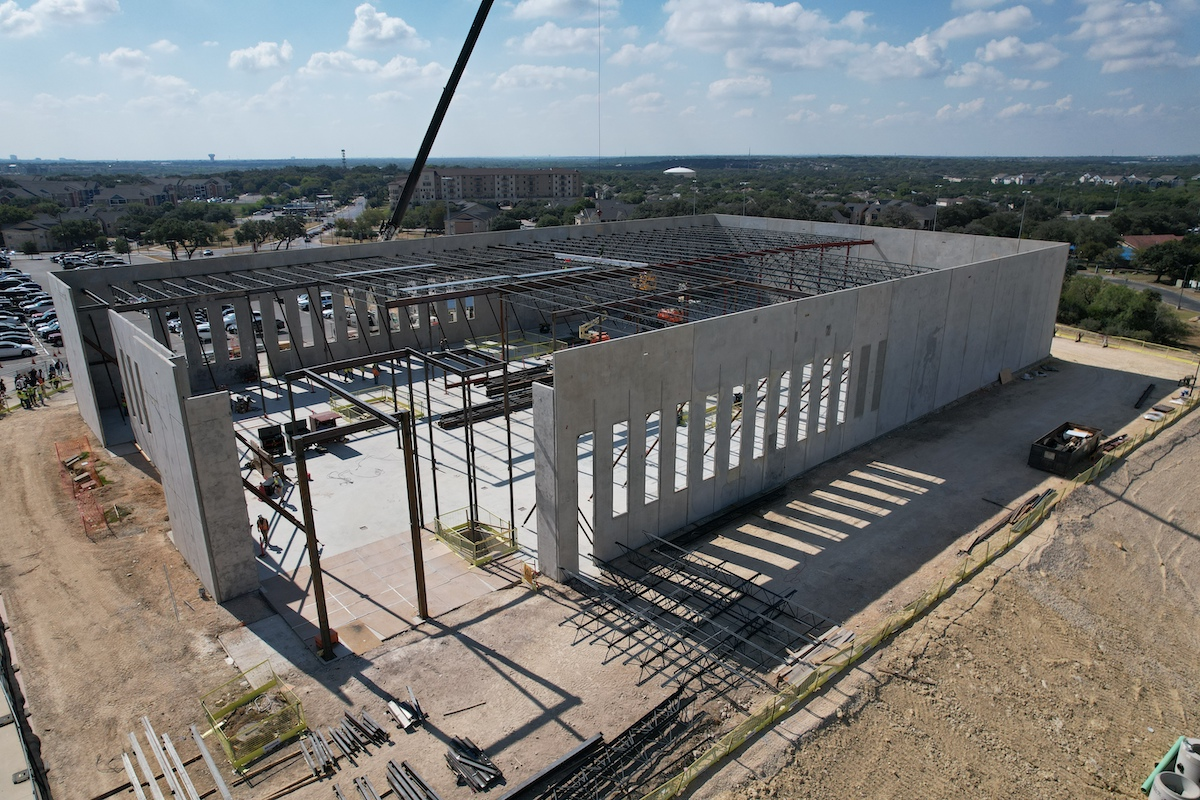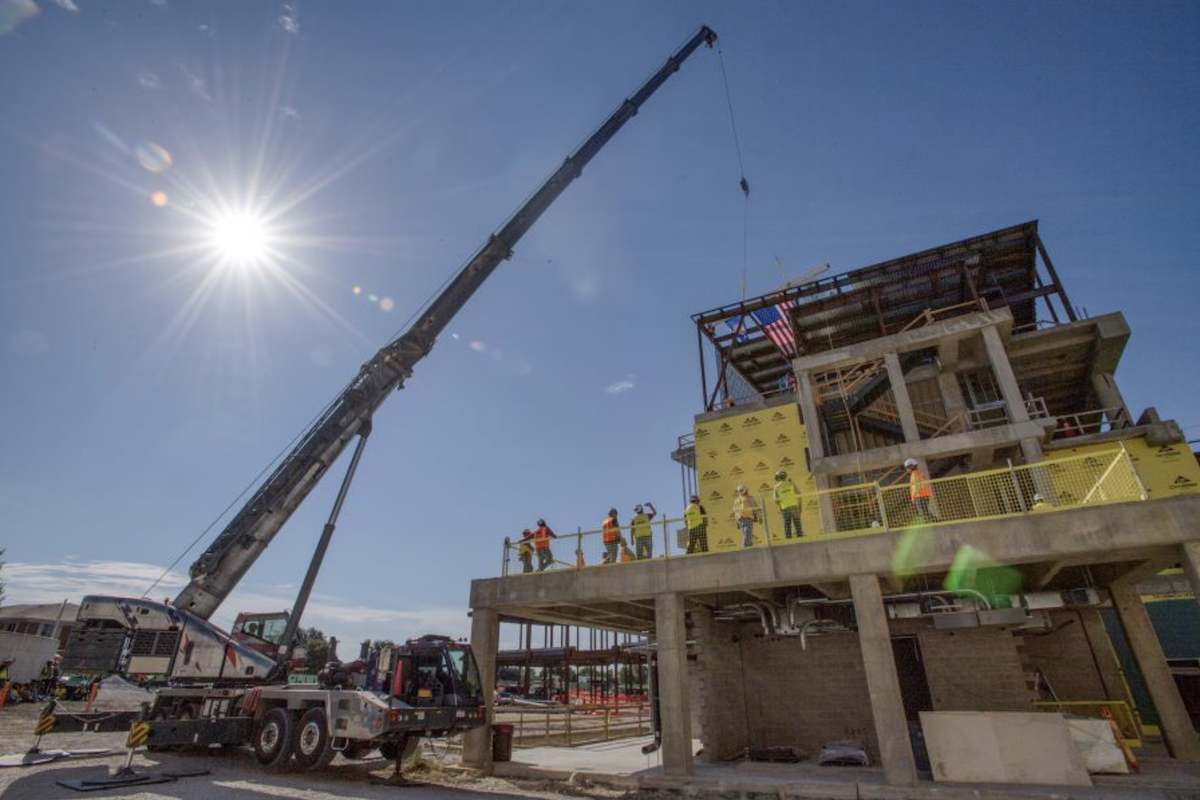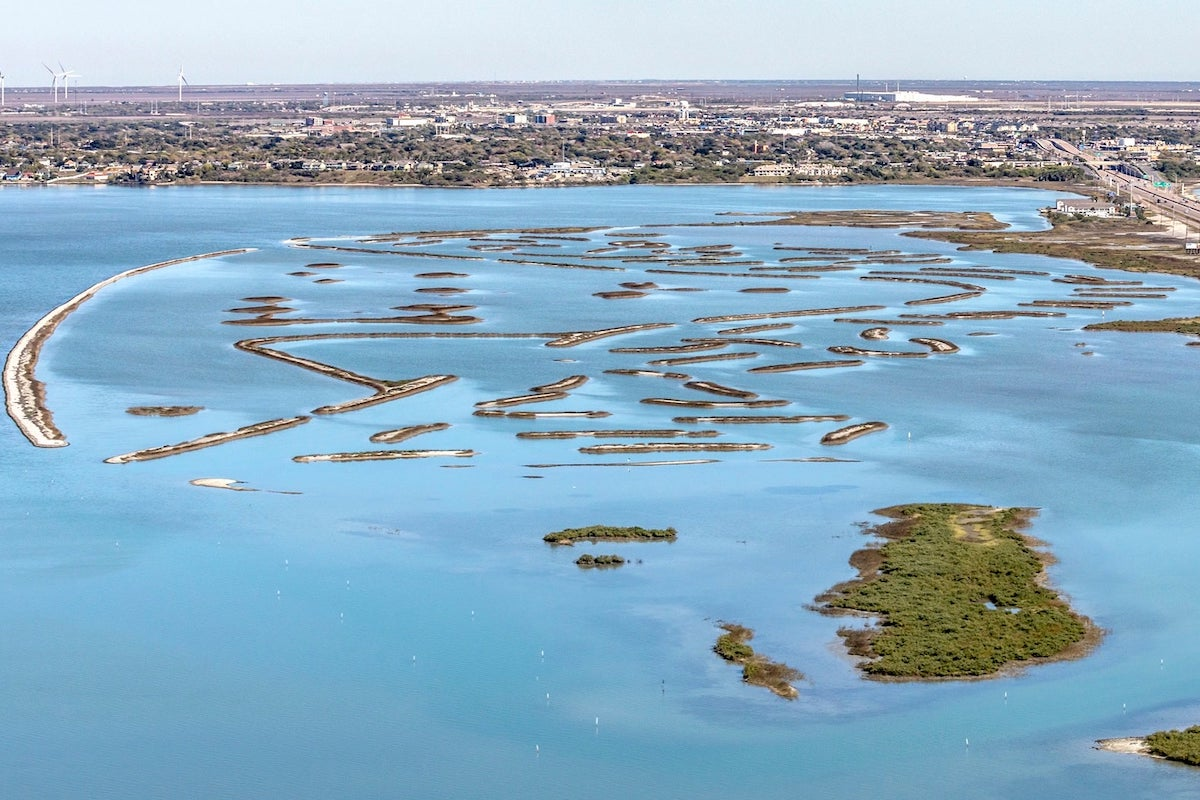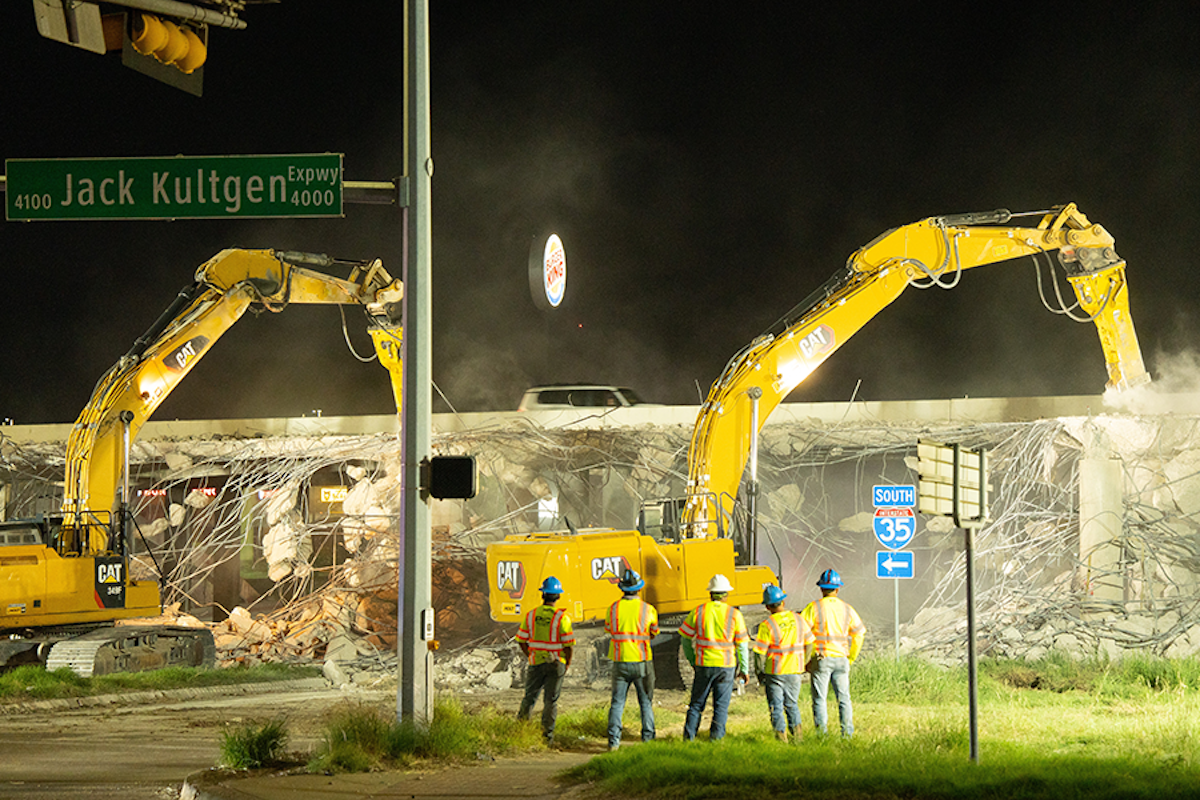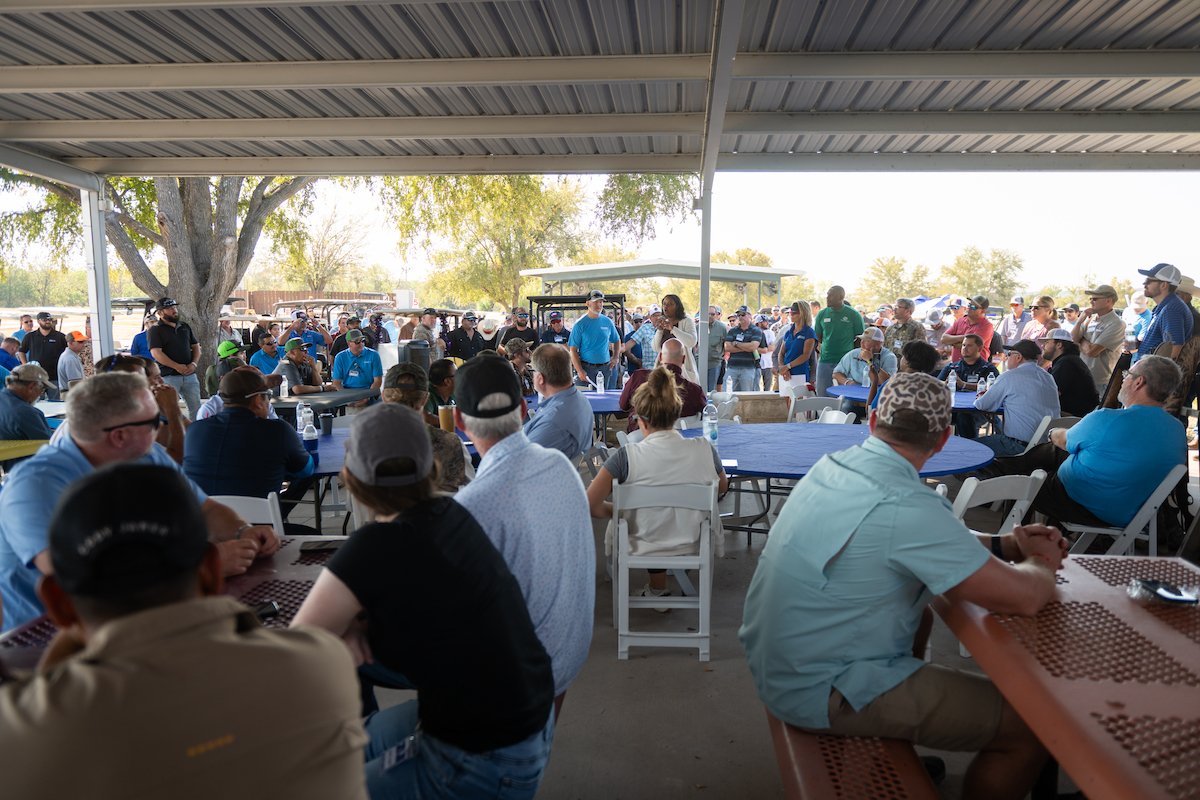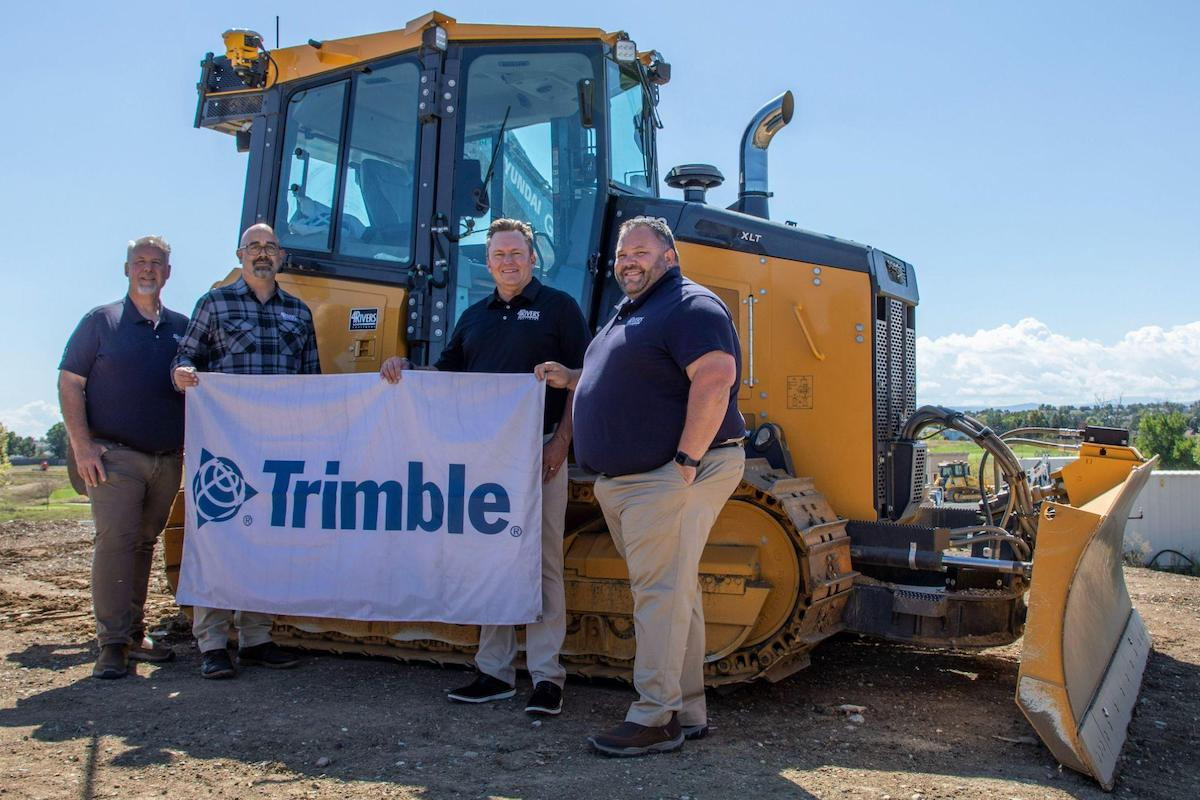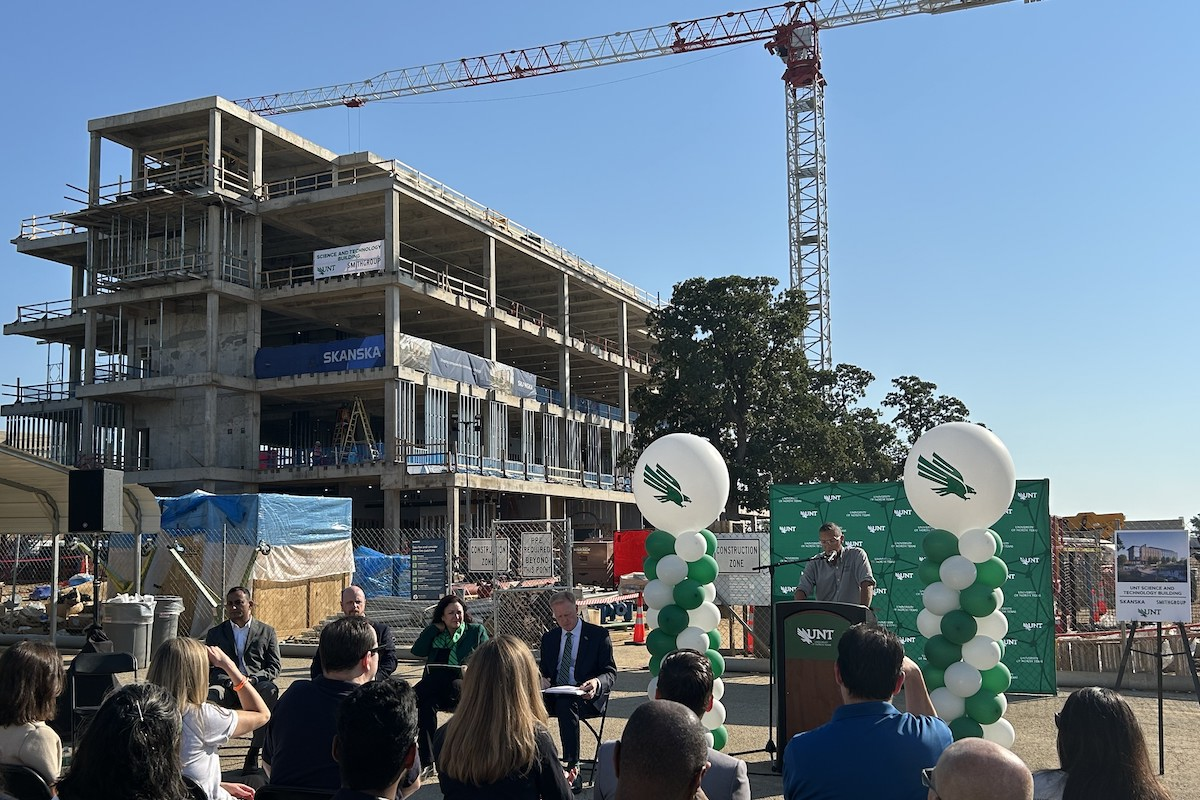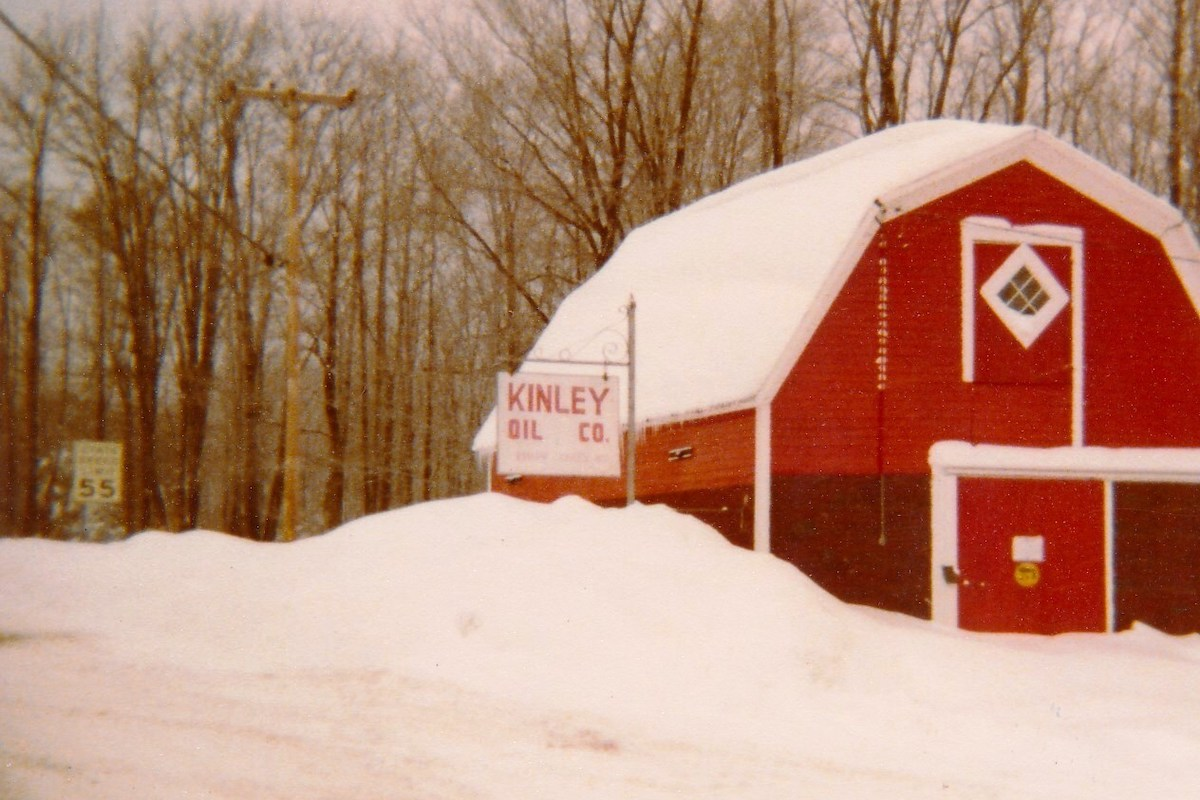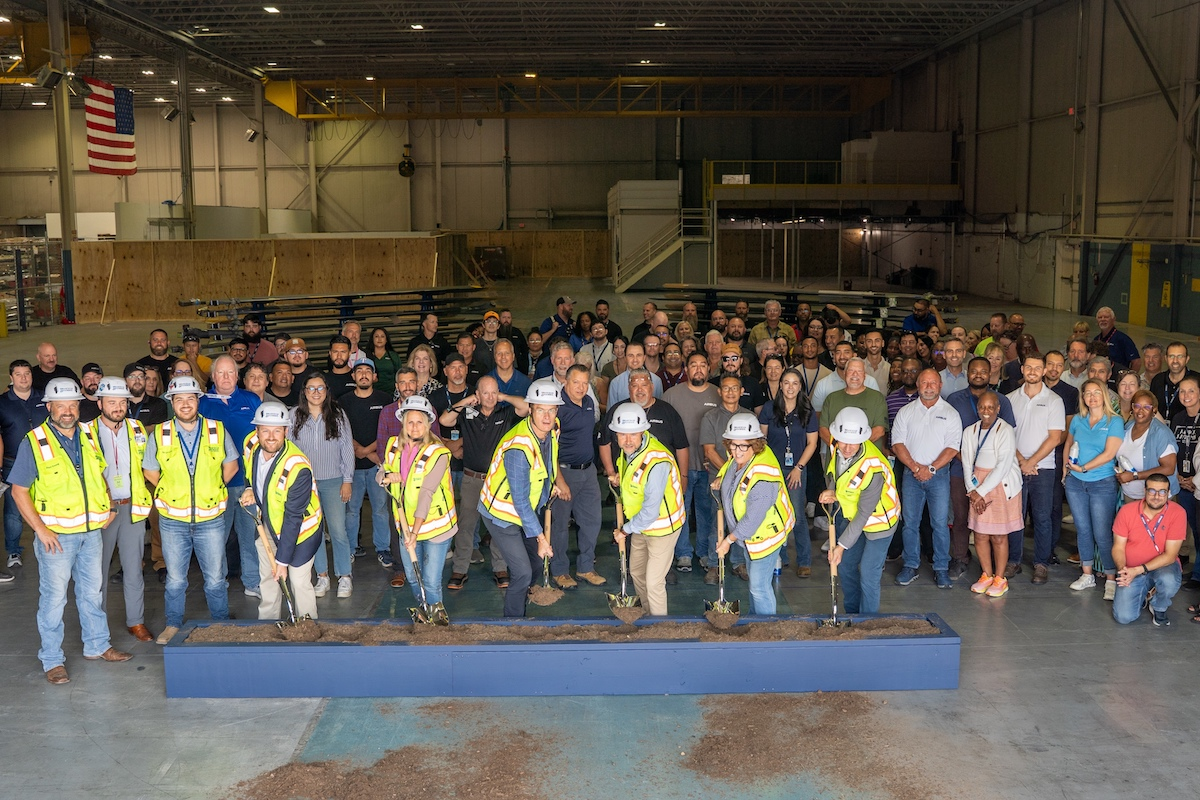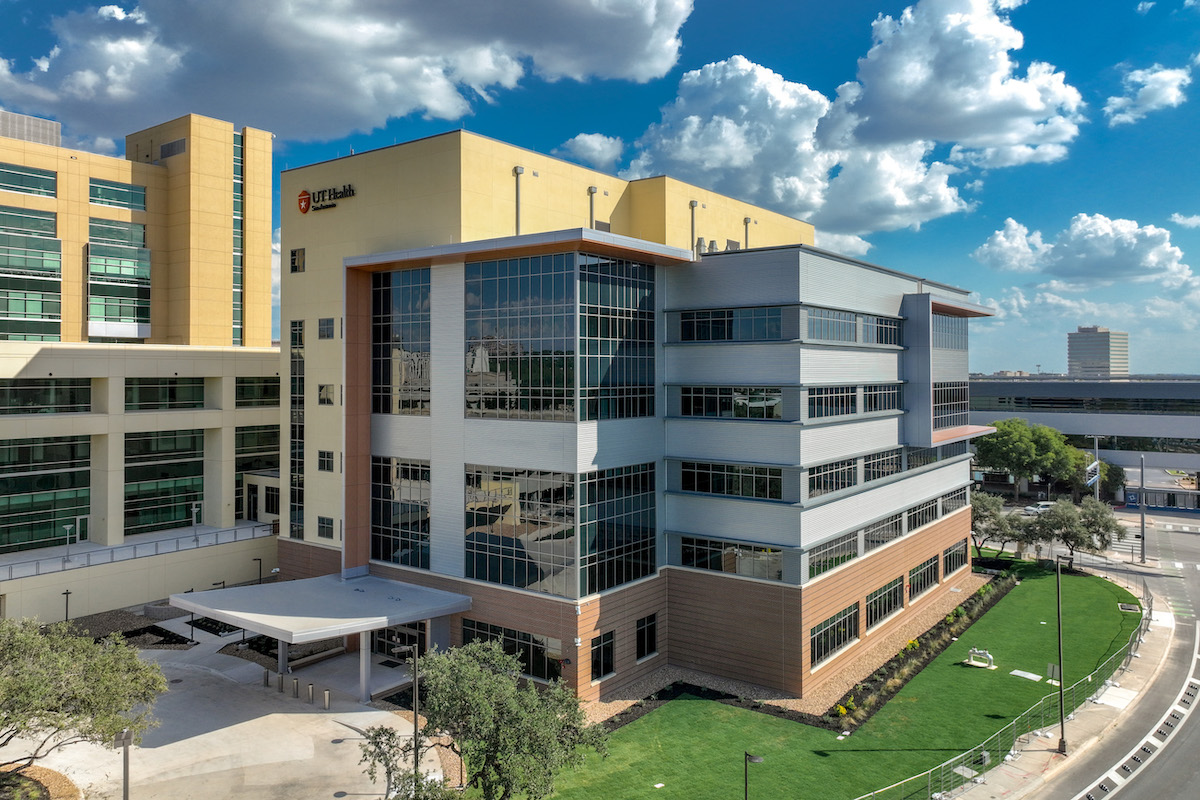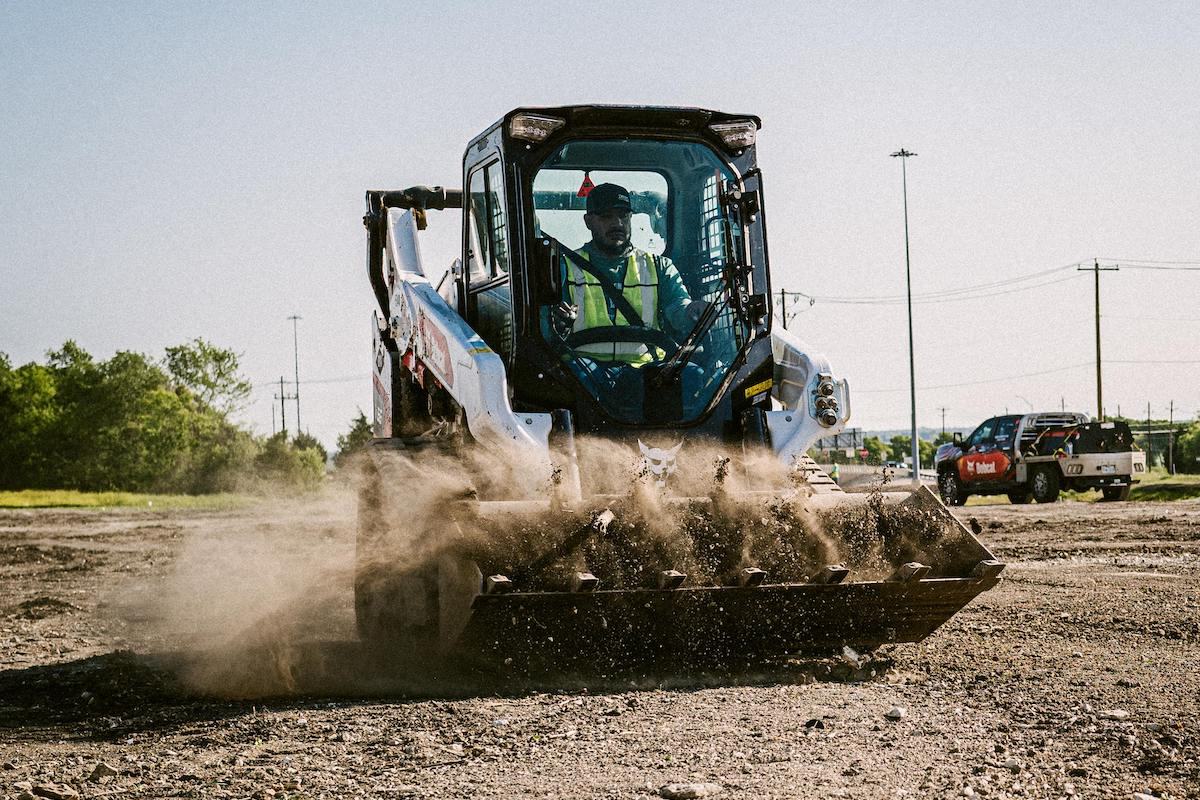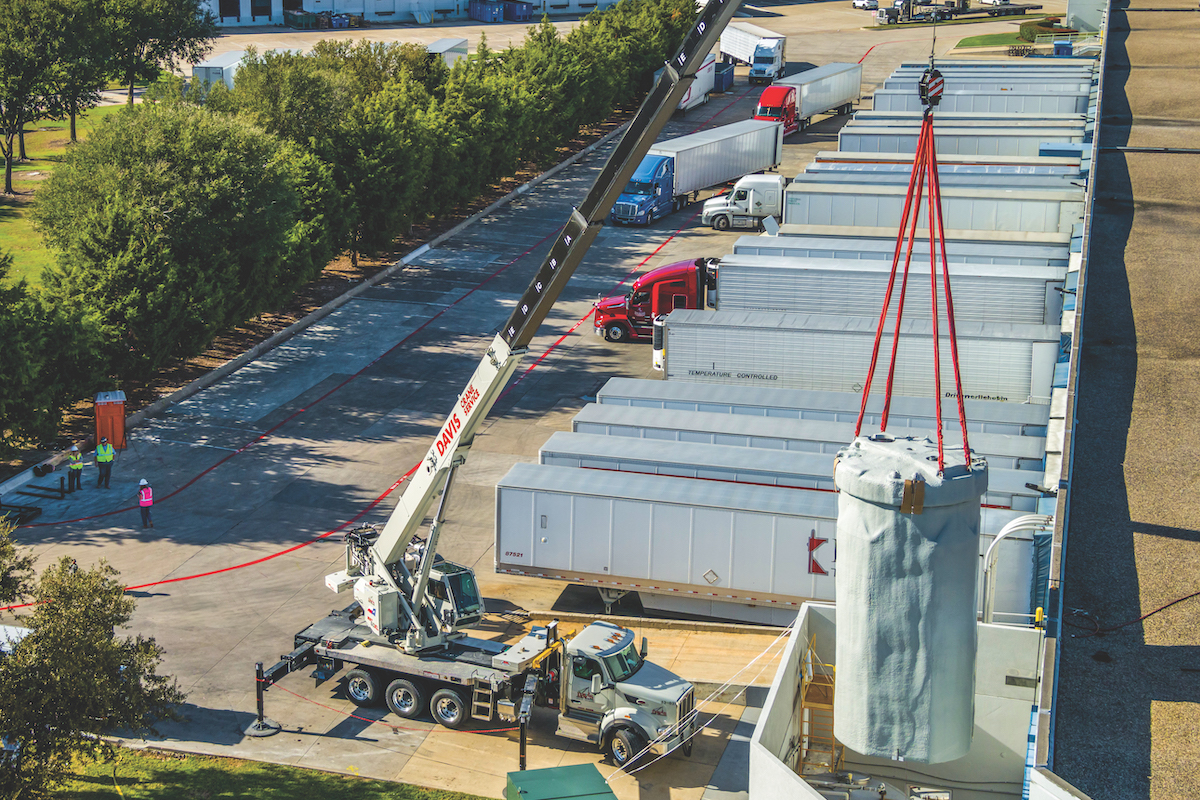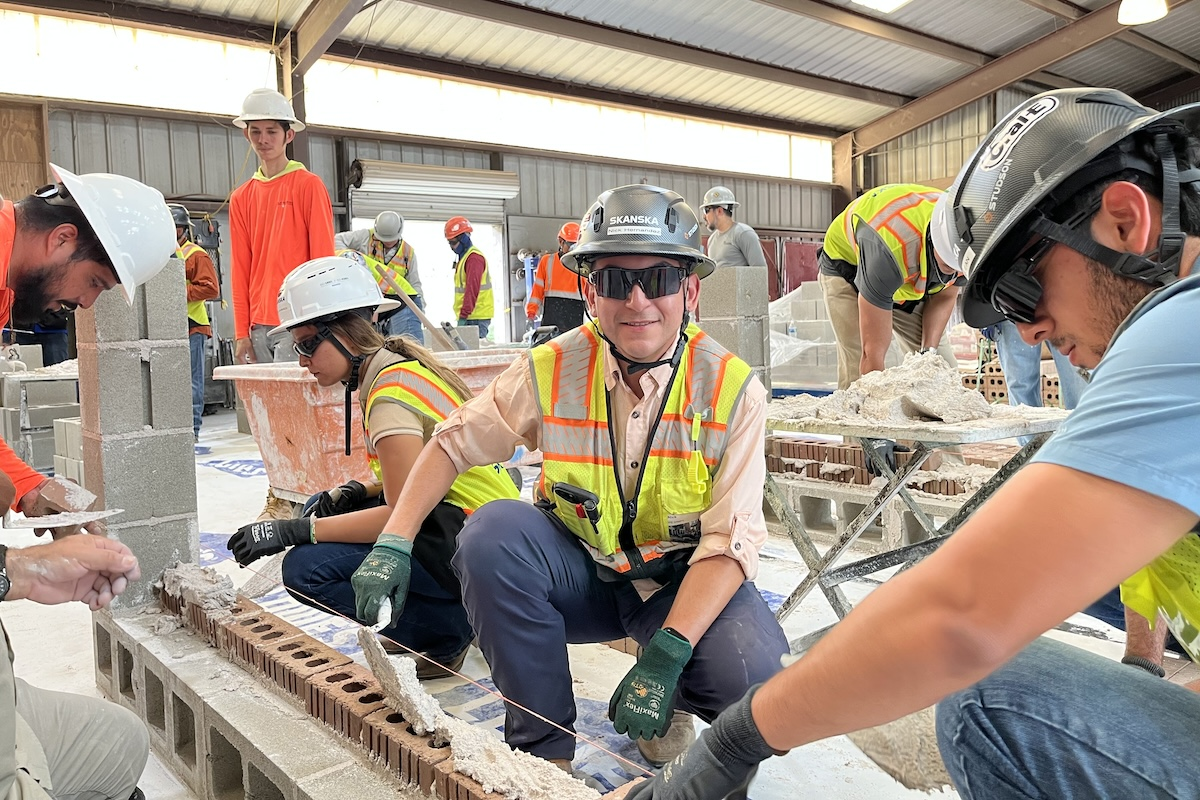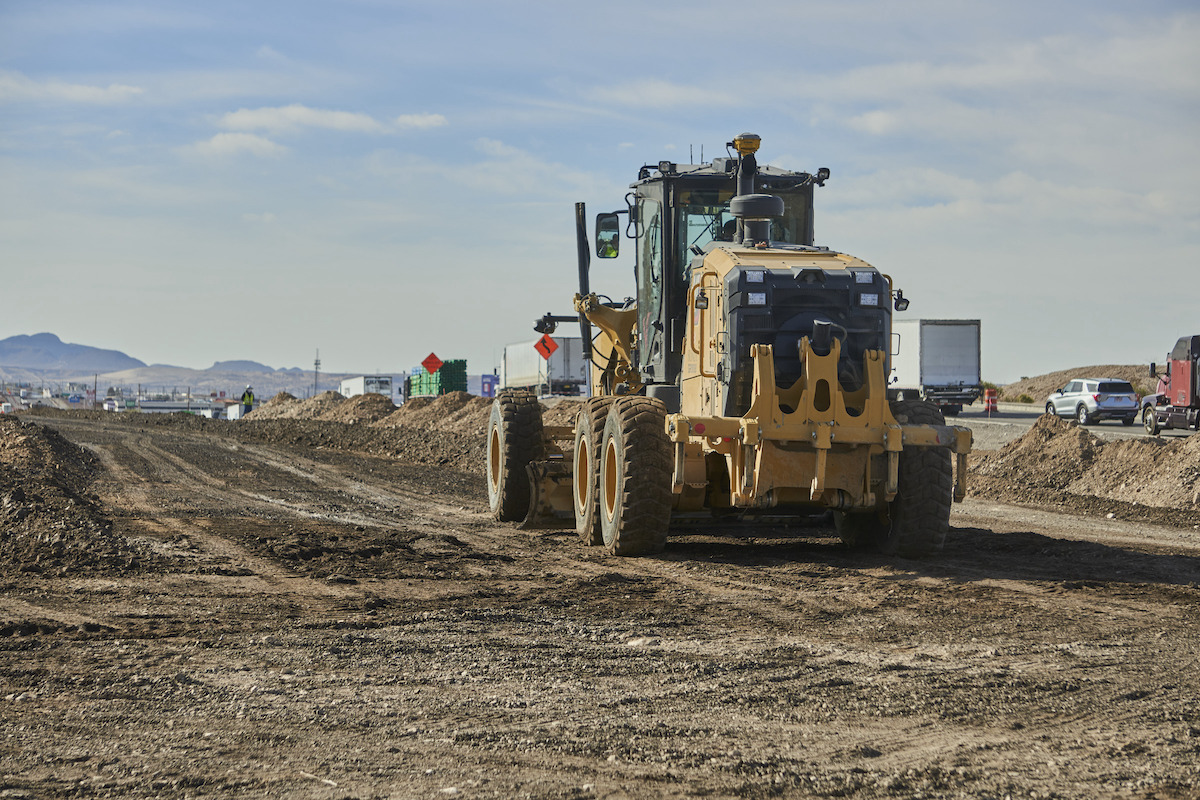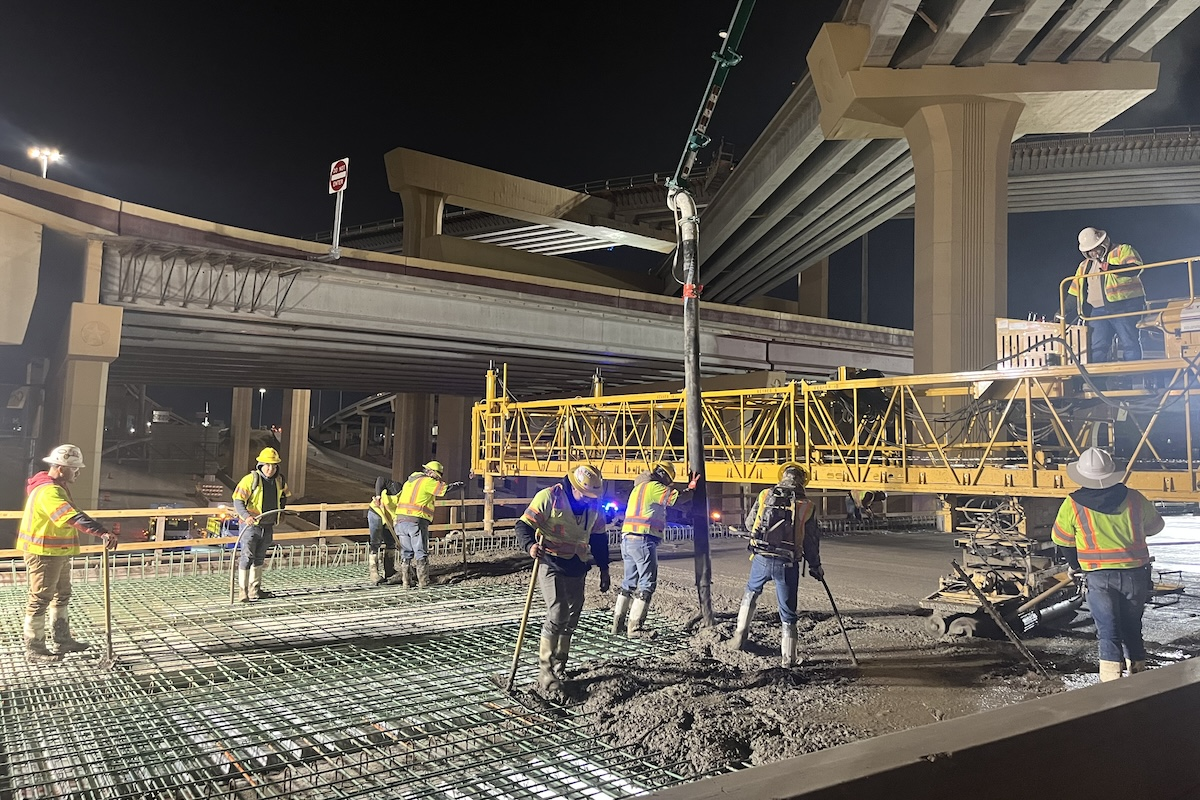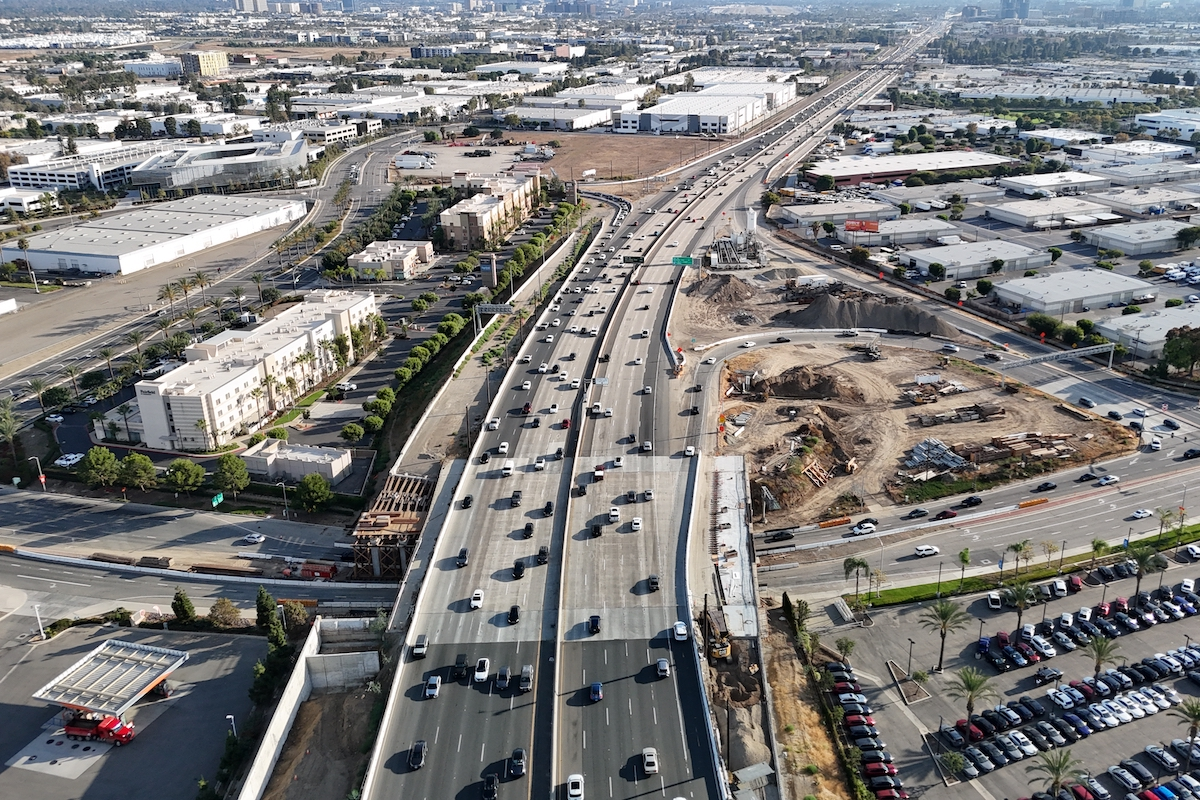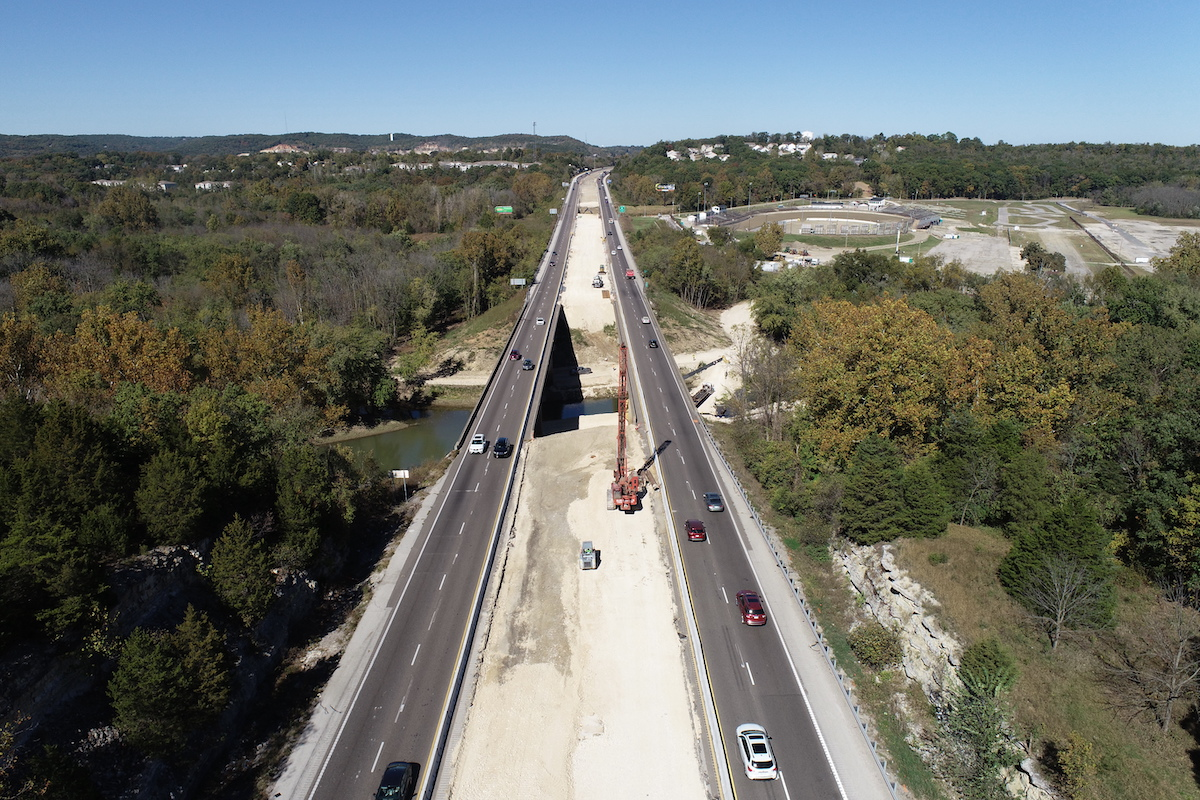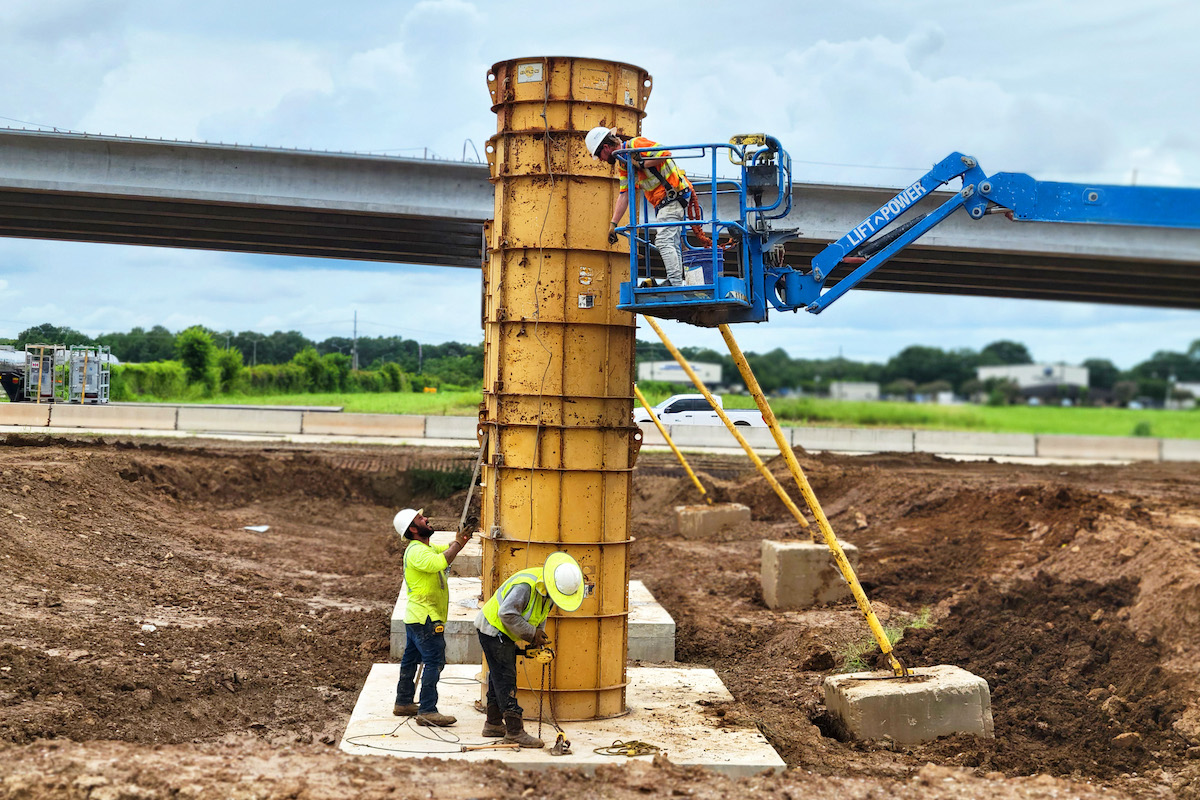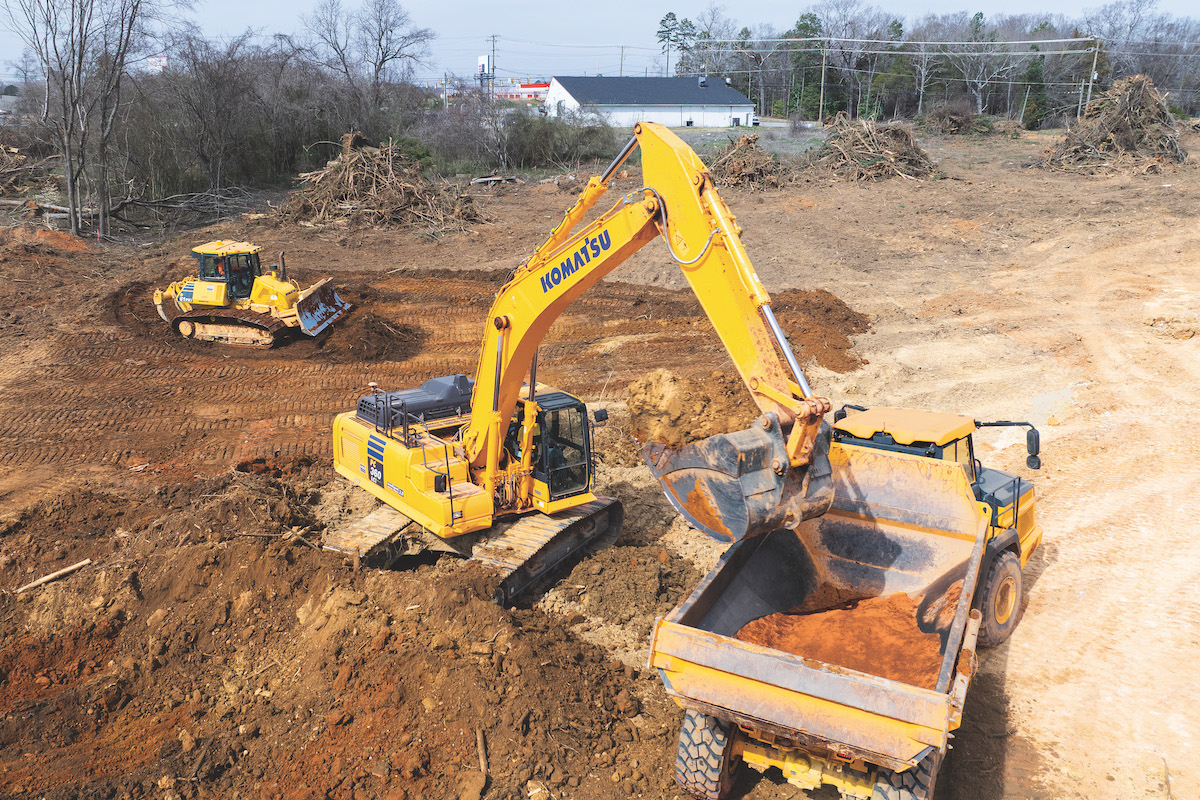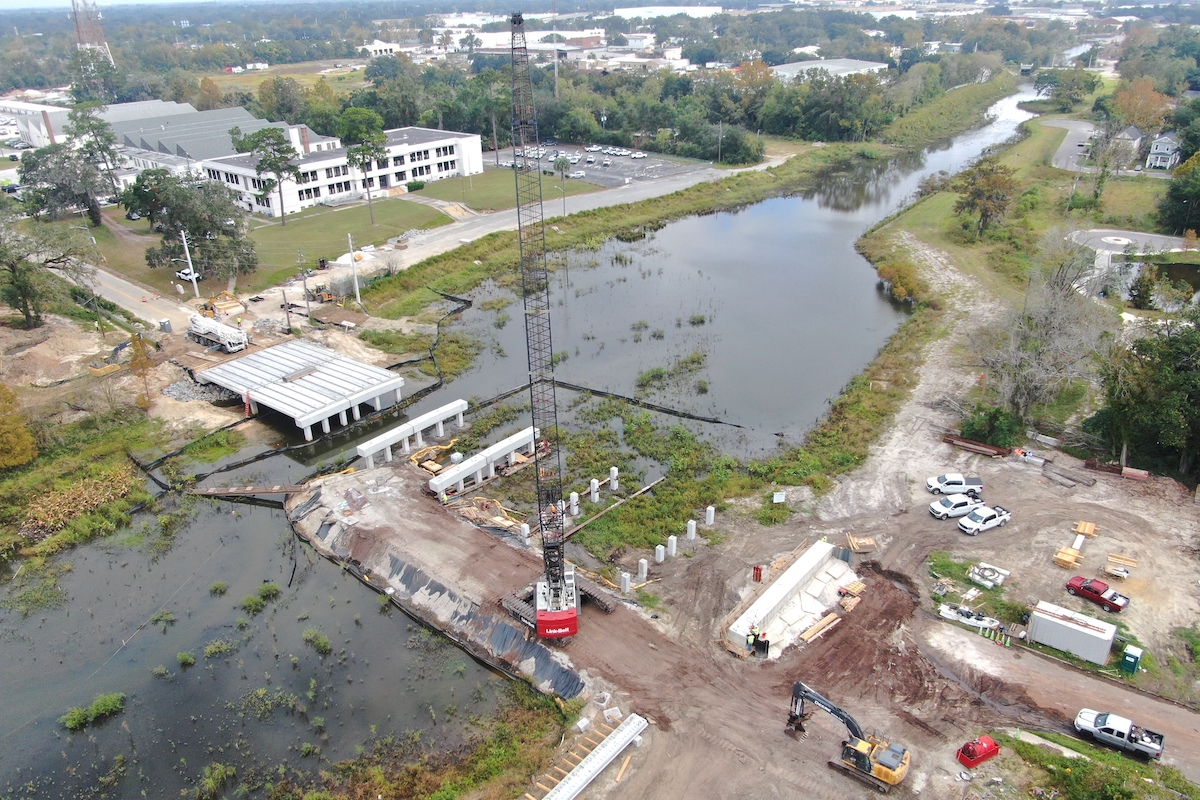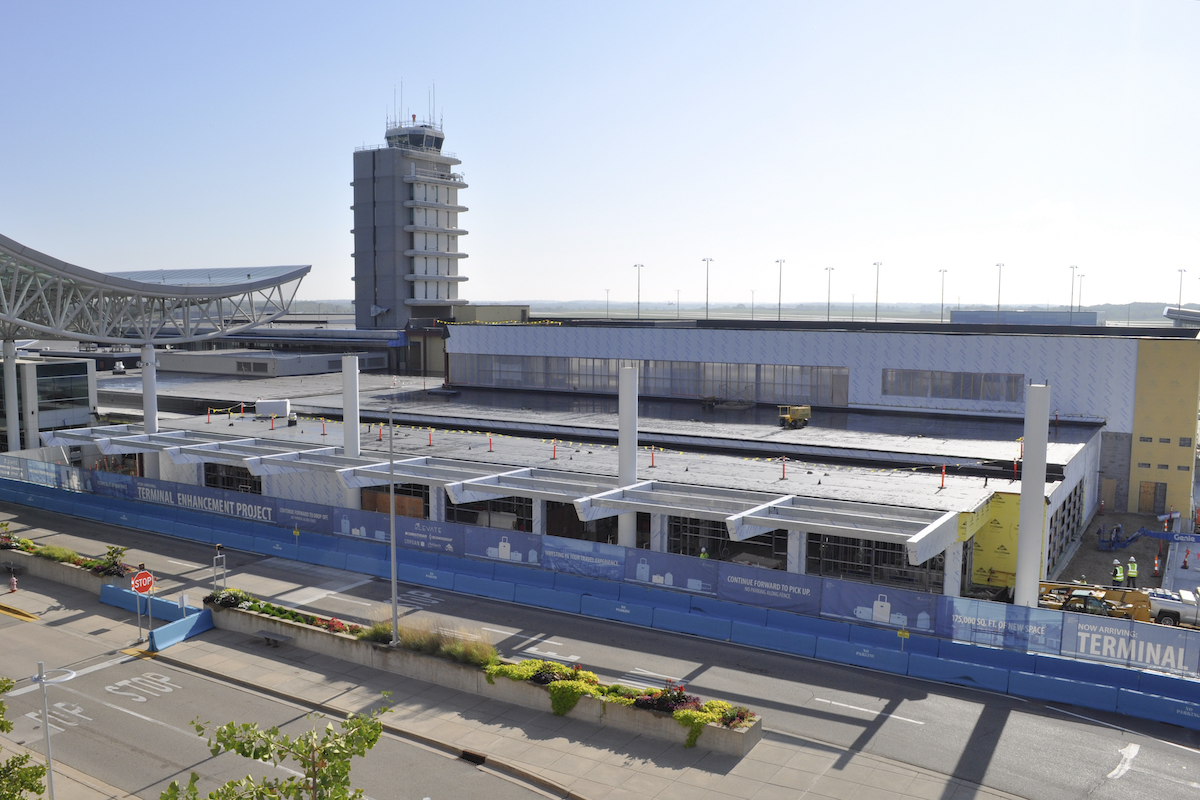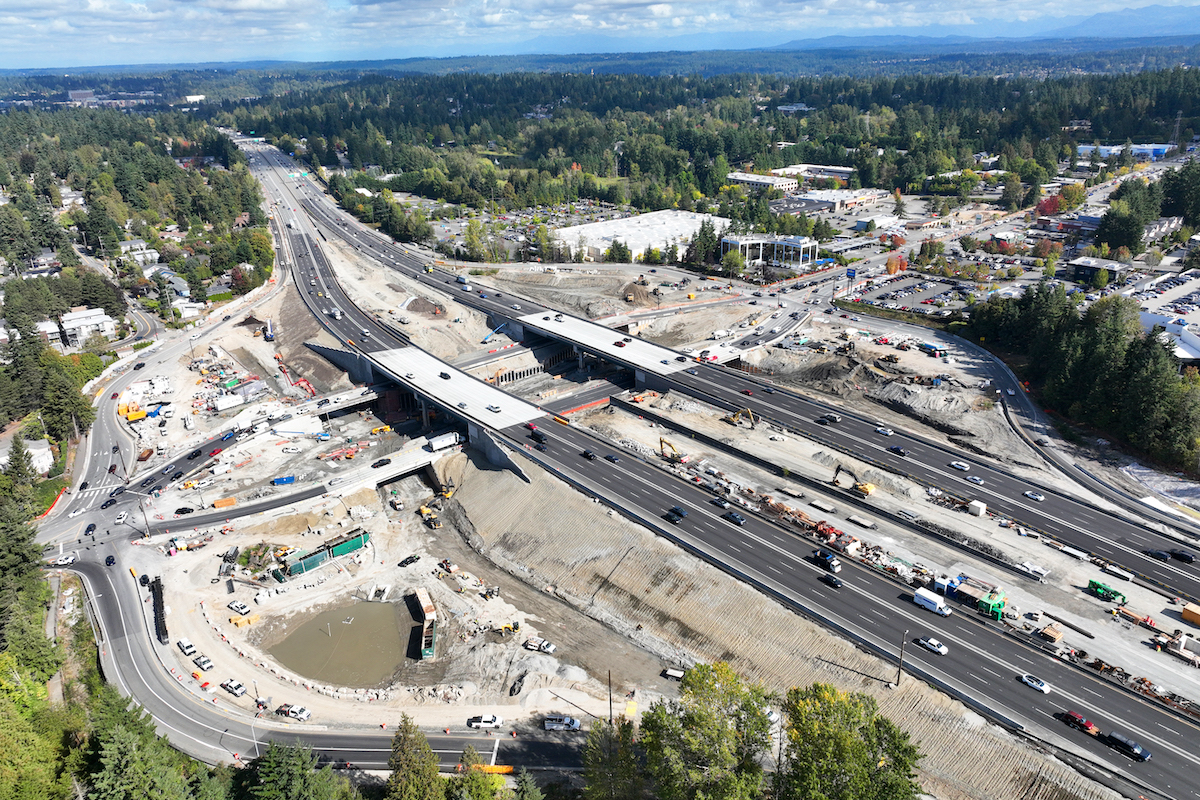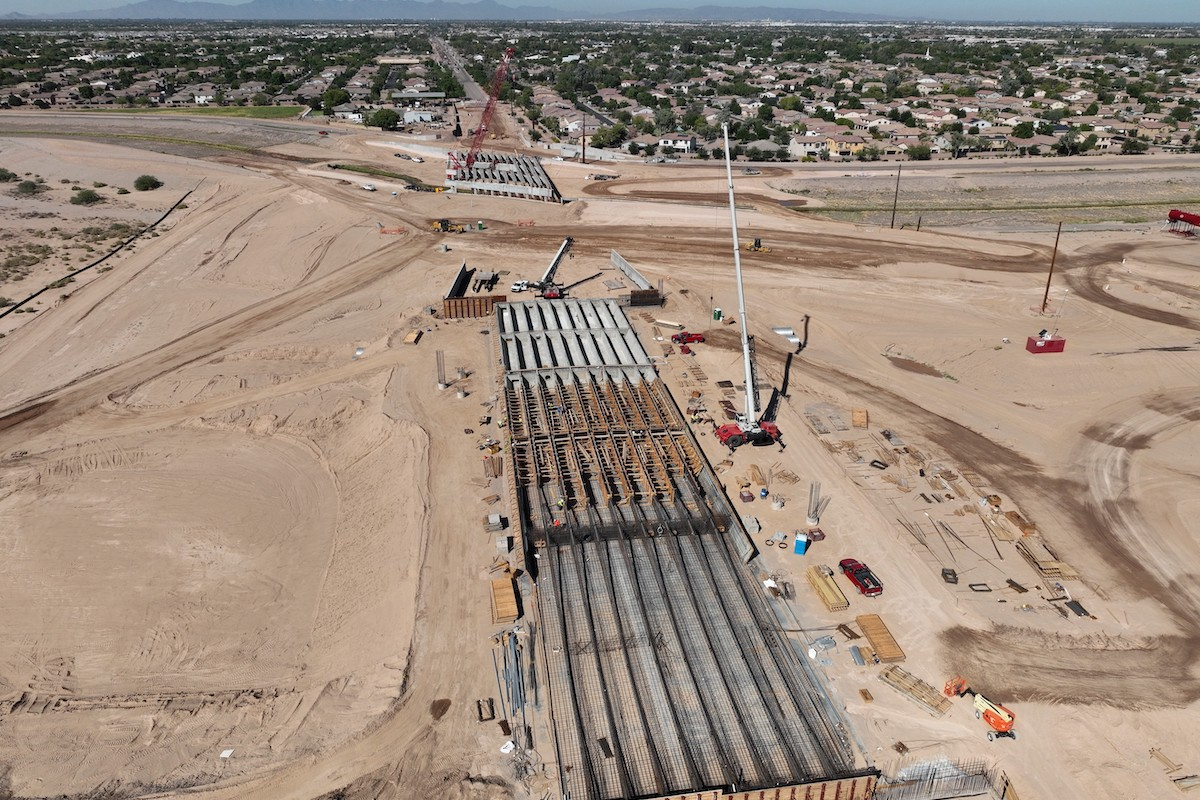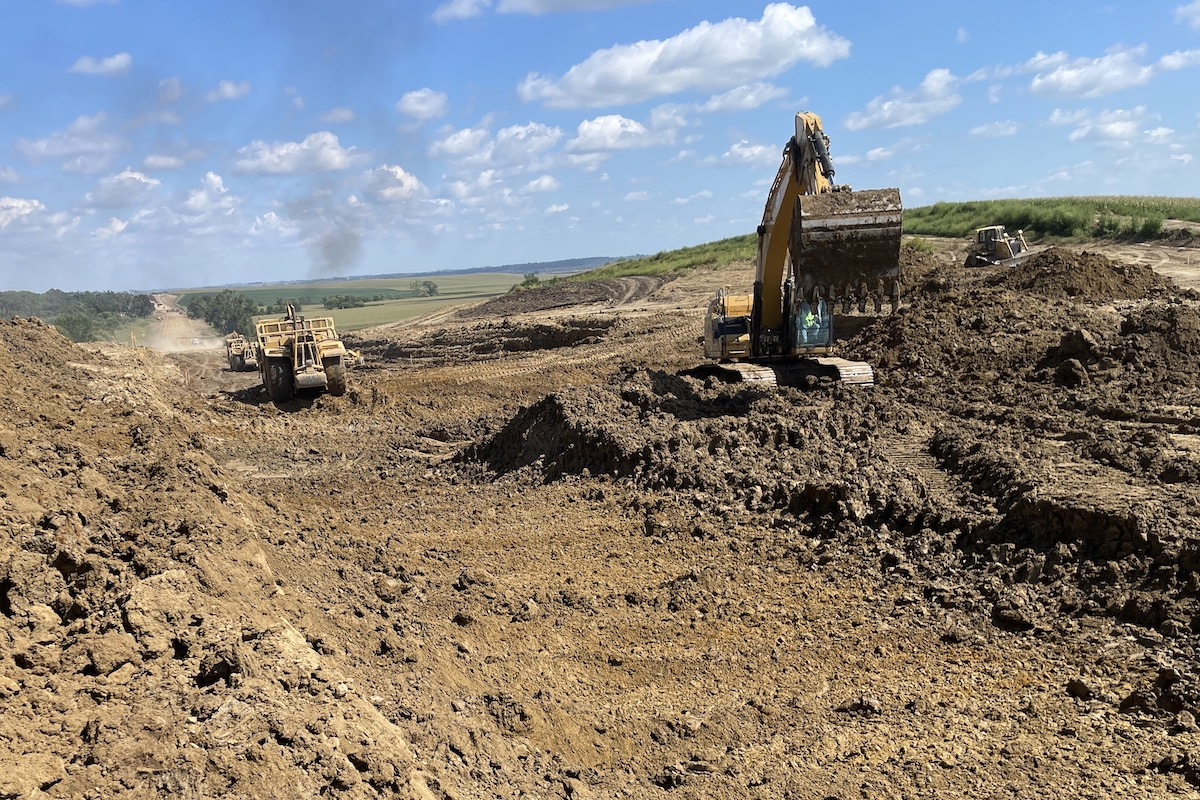The North Dakota Department of Transportation’s (NDDOT) Wrong Way Detection project was named a top 12 finalist in the 2025 America’s Transportation Awards competition, sponsored by the American Association of State Highway and Transportation Officials (AASHTO).
In addition, NDDOT’s Highway 2 Reduced Conflict Intersections project, the Minnesota Department of Transportation’s (MnDOT) Integrated Field Tools for Seamless Digital Inspection project, and the Wisconsin Department of Transportation’s (WisDOT) State Trunk Highway 54 Compact Roundabouts and Resurfacing project won regional awards in the competition.
“The America’s Transportation Awards shine a spotlight on the vital projects state DOTs deliver for their communities to enhance safety, expand mobility for users, deliver a better quality of life for residents and visitors, and keep our economy moving,” said AASHTO Executive Director Jim Tymon. “The America’s Transportation Awards competition continues to show us that state DOTs are able to transform communities in a variety of ways. And as Congress works toward a new federal surface transportation bill, lawmakers need to only look at the tangible benefits that states deliver to their customers through examples like these winners to see why robust federal funding to states is so important.”
This year’s competition received 113 nominations from 35 state departments of transportation nationwide. As a top scorer in the Western Association of State Highway and Transportation Officials region, NDDOT’s Wrong Way Detection project advanced to the next round of the competition.
The top 12 now compete for two final awards. The Grand Prize will be chosen by an independent panel of judges, while the People’s Choice Award will be decided through online voting, weighted by state population. The public can vote once per day until 11:59 p.m. Eastern Standard Time on November 17, 2025, at americastransportationawards.org.

| Your local Sennebogen LLC dealer |
|---|
| WPI |
| ASCO Equipment |
AASHTO will reveal winners of the Grand Prize and People’s Choice awards at its annual meeting in November 2025. Each winner will receive a $10,000 cash award for a charity or transportation-related scholarship of their choice.
Using advanced, camera-based technology, the system alerts drivers, oncoming traffic, and law enforcement in real time about wrong-way drivers — helping prevent serious crashes and save lives.
Systems are installed in Jamestown, Fargo, and Bismarck, North Dakota, at three high-risk locations on the state highway system, including one site with two previous fatal wrong-way crashes.
“The areas were chosen due to known issues with wrong-way driving,” said Aaron Murra, District Engineer for NDDOT’s Fargo District. “In Fargo, the issue was not linked to a specific time of day or vehicle type; rather, it stemmed from the interchange’s geometry and the nearby railroad bridge, which misled drivers into believing they were making the correct turn onto I-29, when in fact they were entering the exit ramp in the wrong direction.”

| Your local LeeBoy dealer |
|---|
| ASCO Equipment |
| Closner Equipment Co Inc |
| Romco Equipment Co |
| Bee Equipment Sales Ltd |
Newer technology used in the project yields fewer false positives, said Brad Darr, Division Engineer for NDDOT’s Maintenance Division. In addition, “It allows us to do multiple things at once — flashing lights at the wrong-way driver; recording the situation for analysis; notifying state radio; and, because the system is integrated with a dynamic message board, warning oncoming drivers of the wrong-way driver headed their way.”
With the new system in place, “We are seeing several wrong-way drivers a week,” Murra said. “We were aware of wrong-way entries on the interstate ramp, but the data from our Wrong Way Detection system revealed that these incidents were more frequent than we expected. The system allows us to pinpoint which maneuvers are most problematic, enabling us to enhance and modify signage to better guide drivers.”
The $1.5 million project was funded by federal safety formula funds under the Infrastructure Investment and Jobs Act (IIJA).
This $8 million project focused on high-crash areas along U.S. Highway 2 near Williston, North Dakota, to improve safety and mobility. With 90 percent federal funding and 10 percent state funding, the project added three reduced conflict intersections, 10 turn lane upgrades, improved lighting at seven intersections, and 12 miles of resurfaced roadway. The work significantly reduced the number of conflict points at each intersection — from 16 in traditional designs to just eight, according to the Roadway Congestion Index. The chosen approach also offered a cost-effective solution compared to more expensive alternatives such as roundabouts, interchanges, or extensive turning lane additions.

| Your local Finn Corporation dealer |
|---|
| Romco Equipment Co |
MnDOT adopted innovative technologies to improve efficiency and resource use as they expanded 16 miles of Highway 23 from two to four lanes. Upon completion of the $34.5 million project, realigned intersections, improved sight distances, and divided highway made the corridor safer to navigate. The four-lane expansion also boosted capacity, freight movement, and overall mobility while supporting business growth and improving access to jobs, schools, healthcare, and local destinations.
An Advanced Digital Construction Management Systems grant through the IIJA supported aspects of the project. Tools like 3D models, GPS rovers, a mobile inspector, and AASHTOWare software enhanced coordination between inspectors and contractors, helping deliver the project on time and under budget. With the development of this technology, MnDOT said they can better use funds on all projects more efficiently.
This $6.1 million project delivered the first and second compact roundabouts on Wisconsin’s state highway system, offering a cost-effective solution that balanced safety improvements with the challenges of a constrained environment. The WIS 54 improvement project in Outagamie County, Wisconsin, reduced crashes, eased congestion, and minimized disruptions to nearby businesses. A raised median restricts left turns, while the roundabouts enable U-turns to maintain business access. The design also enhanced pedestrian and bicycle accommodations and lowered long-term operational costs compared to traffic signals.
While traditional roundabouts typically cost at least $2 million each, WisDOT constructed the compact roundabouts for about $700,000 apiece — reducing expenses, right-of-way needs, and contaminated soil mitigation.

